




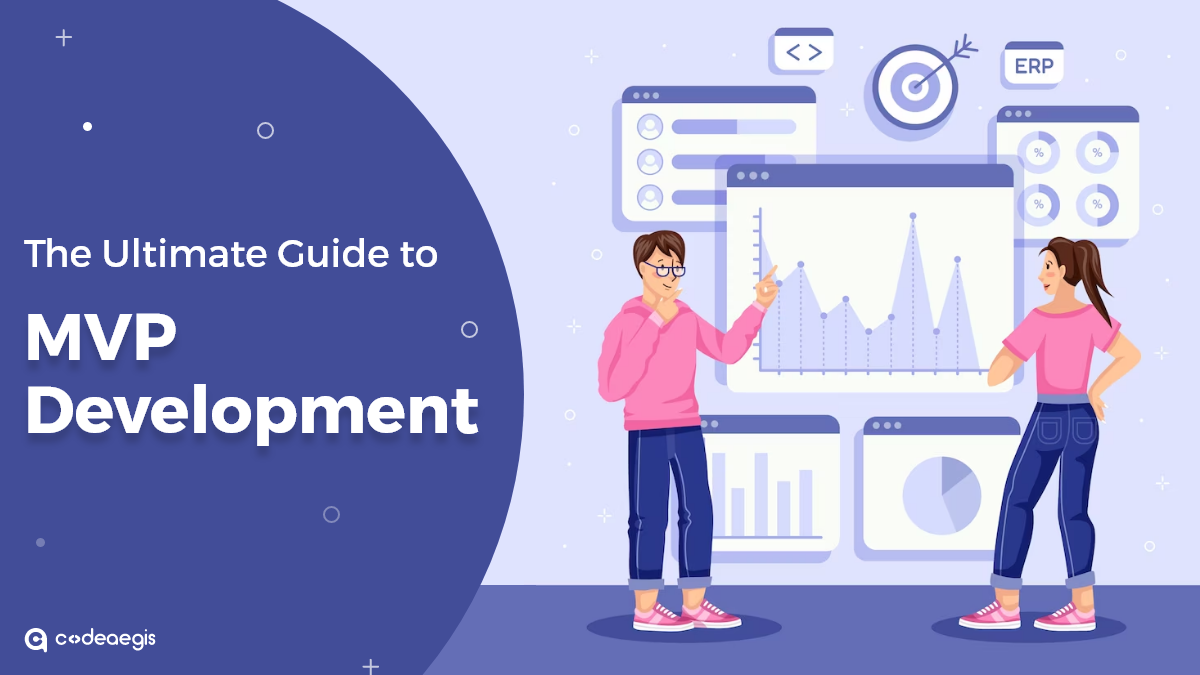
- May 19, 2023
- 38 Views
As the world of startups becomes increasingly competitive, building an MVP is crucial for entrepreneurs looking to test their ideas and launch successful businesses.
By creating a minimum viable product, startups can validate their assumptions, gather user feedback, and make data-driven decisions on future product development. However, MVP development is not just for startups; established companies can also benefit from this approach to innovation.
In this guide, we will explore the process of building an MVP, share tips for success, and highlight real-world examples of companies that have leveraged this approach to achieve rapid growth.
-
Table of Contents
-
- 1. What Does MVP Stand For?
- 2. How Does MVP Fit into the Product Development Process?
- 3. MVP Product Development Benefits
- 4. What To Do After Building an MVP?
- 5. What Are the Steps Involved in Developing an MVP?
- 6. What Makes a Good MVP?
- 7. What Does MVP Mean in Agile?
- 8. Examples of Minimum Viable Product
- 9. How to Scale Your MVP and Take it to the Next Level?
- 10. How Much Does an MVP Cost?
- 11. Conclusion
- 12. FAQs
-
What Does MVP Stand For?
MVP stands for Minimum Viable Product, a concept popularized by Eric Ries in his book "The Lean Startup." It refers to a product's initial version with only the essential features required to satisfy early customers and provide feedback for future development. MVP is not the final product but rather a starting point to validate assumptions and test the market.
"The maximum viable product is that version of the new product that allows a team to collect the maximum amount of validated learning about customers with the least effort." -: Eric Ries
How Does MVP Fit into the Product Development Process?
MVP is the first step in the product development cycle, focusing on reducing risks and costs while delivering customer value. It helps to test the product's viability and gather feedback from early adopters before investing heavily in its development.
Once the MVP is validated, it provides a clear roadmap for future development, allowing the team to focus on the most essential features and avoid wasting resources on unnecessary ones.
MVP Product Development Benefits
Here are five benefits of MVP product development and their explanations:

- Reduced Risk: MVP development helps to mitigate risks by validating assumptions and testing hypotheses in a low-risk environment. By identifying potential issues and opportunities for improvement early on, startups can save time and resources that might have been wasted on a product that doesn't meet the market's needs.
- Faster Time-to-Market: Building an MVP allows startups to launch a product faster and start generating revenue sooner. This speed-to-market approach enables companies to gain a competitive advantage and respond to market changes quickly.
- User Feedback: MVP development involves gathering user feedback early and often, which helps companies to create a product that meets their customers' needs. This feedback also informs future development decisions, helping to create a more successful product.
- Cost-Effective: MVP development is a cost-effective way to test a product idea, as it requires fewer resources and time than building a fully-featured product. This approach allows startups to test multiple ideas and pivot quickly if necessary.
- Increased Customer Engagement: MVP development creates a sense of ownership and engagement among users by involving customers in the development process. This can lead to greater customer loyalty, advocacy, and word-of-mouth marketing for the product.
What To Do After Building an MVP?
After building an MVP, the next step is to analyze the feedback received from the early adopters and use it to improve the product. The goal is to iterate and refine the MVP until it meets the customers' needs and achieves the desired business objectives.
The feedback can be used to identify new features to add or existing ones to improve. Once the MVP has been refined, it's time to scale and take it to the next level.
What Are the Steps Involved in Developing an MVP?
The steps involved in developing an MVP are:
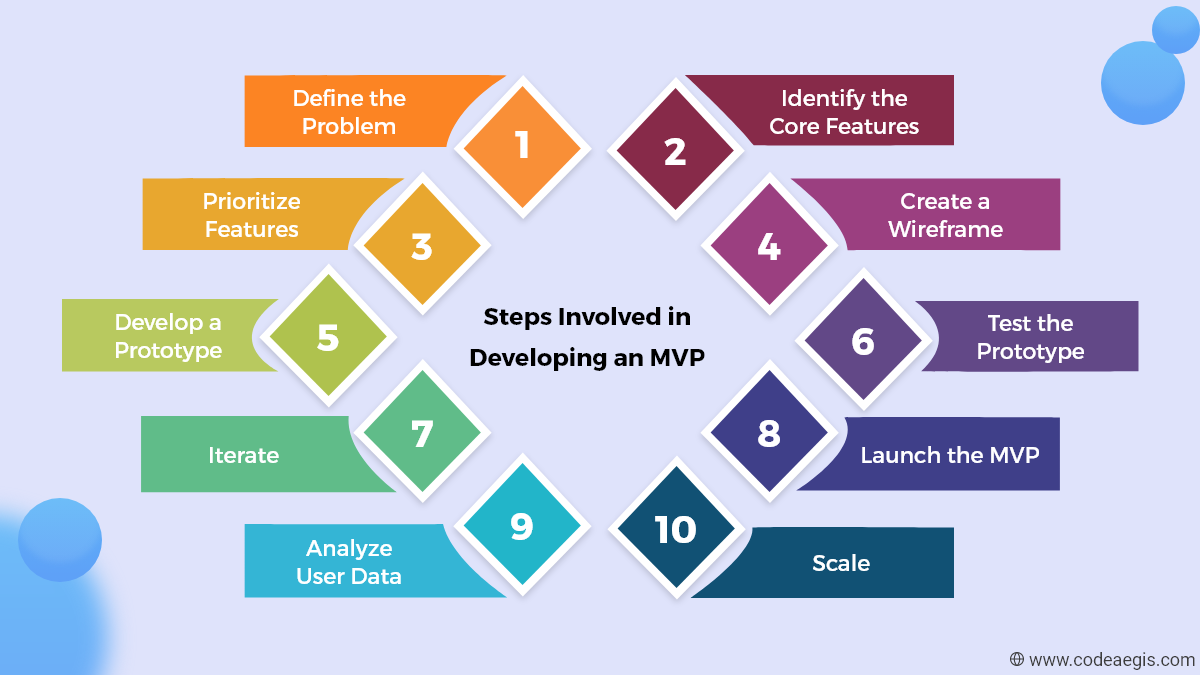
- Define the Problem: Clearly defining the problem that your product solves is crucial to developing an MVP that resonates with your target audience. Take the time to research your potential customers, understand their needs and pain points, and use this information to identify a problem you can solve with your product.
- Identify the Core Features: Once you have identified the problem your product solves, determine the core features necessary to solve that problem. These core features should provide the most value to your users and be the most important aspects of your MVP.
- Prioritize Features: Once you have identified the core features, prioritize them based on their importance and value to your users. This will help you focus on developing the most critical features first, essential for creating an MVP that resonates with your target audience.
- Create a Wireframe: A wireframe is a simple visual representation of your product's user interface. Creating a wireframe will help you visualize how your users will interact with your product and identify potential user interface issues before developing your MVP.
- Develop a Prototype: Once you have created a wireframe, it's time to develop a prototype of your MVP. Your prototype should include the core features and user interface, but it doesn't need to be perfect. The prototype aims to test your product with your target audience and gather feedback.
- Test the Prototype: Testing your prototype with your target audience is crucial for understanding how users interact with your product and gathering feedback. Use the feedback to improve the prototype and ensure it provides value to your users.
- Iterate: Based on the feedback you receive from testing your prototype, iterate on your MVP to improve its functionality, user experience, and core features. Repeat this process until you have a product that meets your users' needs and solves their problems.
- Launch the MVP: Once you have a functional MVP that meets your users' needs, it's time to launch it to a broader audience. This will help you gather more feedback and validate your product idea.
- Analyze User Data: Analyzing user data is crucial for understanding how users interact with your product and identifying areas for improvement. Use the insights you gain from analyzing user data to improve your product further.
- Scale: Once you have validated your product idea and have a strong user base, it's time to scale it. Scaling your product is essential for achieving long-term success and building a sustainable business. You can do this by adding new features, expanding your target audience, and marketing your product to a broader audience.
Developing an MVP requires a structured approach that prioritizes user needs and feedback. Following these steps, you can create an MVP that provides value to your users and lays the foundation for a successful product.
Read More:- A Guide to Blockchain App Development
What Makes a Good MVP?
A good MVP should have the following characteristics:
- Focused: The MVP should narrowly focus on addressing a specific problem or opportunity.
- Minimalistic: The MVP should only include essential features, avoiding unnecessary complexity.
- Testable: The MVP should be testable with early adopters to gather feedback.
- Scalable: The MVP should be scalable and adaptable to future growth and development.
- Valuable: The MVP should deliver customer value, solve a problem, or address an opportunity.
What Does MVP Mean in Agile?
In Agile, MVP refers to the initial production version with just enough features to satisfy early customers and provide feedback for future development. It is a key component of the Agile methodology, focusing on delivering value to the customers iteratively and incrementally. MVPs help to reduce risks and costs while enabling teams to validate assumptions and test the market.
Examples of Minimum Viable Product
Some examples of MVPs are:
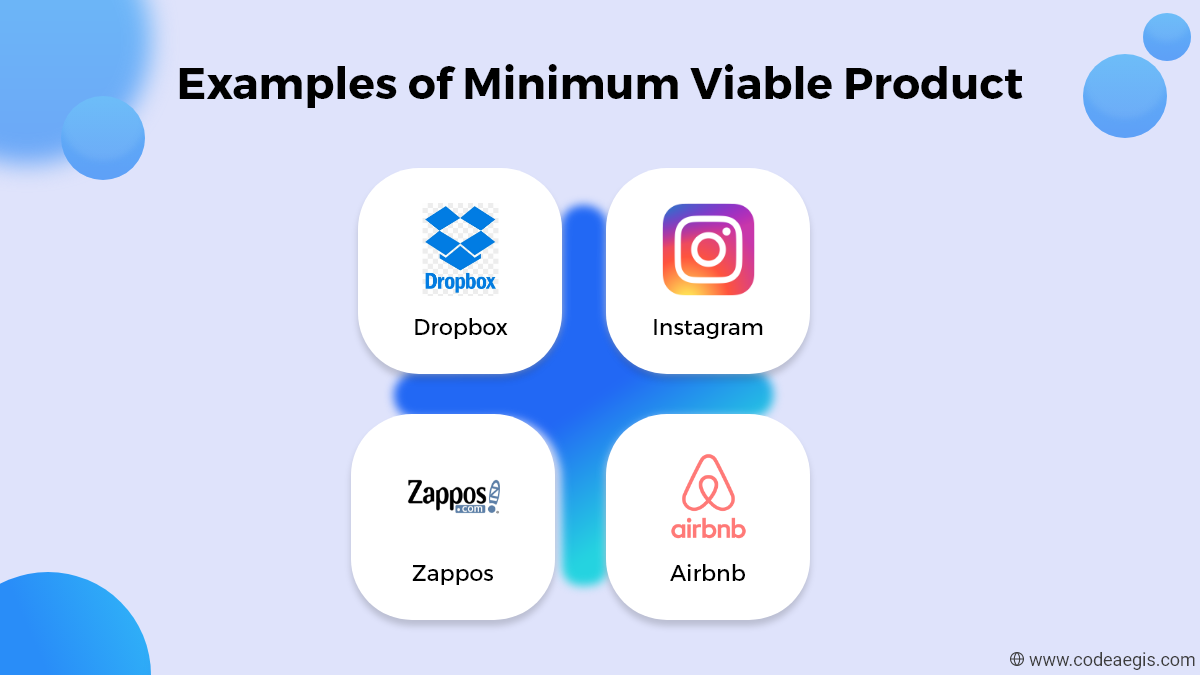
- Dropbox
The initial version of Dropbox was a simple file-sharing service with basic features that allowed users to store and share files. It was later refined and expanded to include features like file synchronization and collaboration tools.
-
AirbnbThe first version of Airbnb was a simple website that allowed users to rent out air mattresses in their apartments to travelers. It was later expanded to include features such as professional photography and host guarantees.
-
InstagramThe initial version of Instagram was a simple photo-sharing app that allowed users to add filters to their photos and share them with their followers. It was later expanded to include additional features such as videos, stories, and direct messaging, making it a social media platform.
-
ZapposThe initial version of Zappos was a simple e-commerce website that sold shoes. It was later expanded to include additional features such as clothing, accessories, free shipping, and returns.
All these examples started with a simple and focused product that provided value to early adopters and gathered feedback for future development.
How to Scale Your MVP and Take it to the Next Level?
Scaling an MVP involves expanding the product to reach a larger audience while maintaining its value proposition. The following steps can help to scale your MVP:
- Gather feedback: Continuously gather customer feedback to identify their needs and preferences.
- Expand the features: Add new features to the product based on customer feedback and market trends.
- Build a team: Build a team of experts to manage different product development and growth aspects.
- Invest in marketing: Invest in marketing to reach a wider audience and create brand awareness.
- Monitor metrics: Monitor critical metrics such as user acquisition, retention, and engagement to track the product's performance and make data-driven decisions.
How Much Does an MVP Cost?
The cost of an MVP can vary depending on various factors, such as the complexity of the product, the development team's location and expertise, and the features required.
However, here's a rough estimate of the cost of building an MVP based on different development stages and locations:
- Ideation & Planning: $1,500 - $15,000
- Design & User Research: $3,000 - $30,000
- Development: $15,000 - $100,000+
To know more about the cost, you can hire a mobile app development company to help you.
Conclusion
Developing an MVP is an essential step in the product development cycle that can help to reduce risks and costs while delivering value to the customers. A good MVP should be focused, minimalistic, testable, scalable, and valuable. You can hire mobile app developers to make your entire journey smooth. If you still have doubts, mention them in the comment section below.
FAQs
What are the three elements of MVP?
The three elements of an MVP are minimum features, viable functionality, and potential for product development and scalability.
What is the purpose of building an MVP?
Building an MVP is quickly validating a product idea, gathering user feedback, and making data-driven decisions on future development. It also helps to reduce the risk of investing time and money into a product that may not meet the market's needs.
What are some common mistakes to avoid in MVP development?
Some common MVP development mistakes to avoid include the following:
- Building too many features
- Ignoring user feedback
- Not defining the target audience
- Choosing the wrong metrics
- Underestimating the importance of design
About Author
You May Also Like

Google released Android 13 beta 4 to the public, and with it comes a slew of new features and updates. In this article, we'll walk you through everything you need to know about the latest version of A
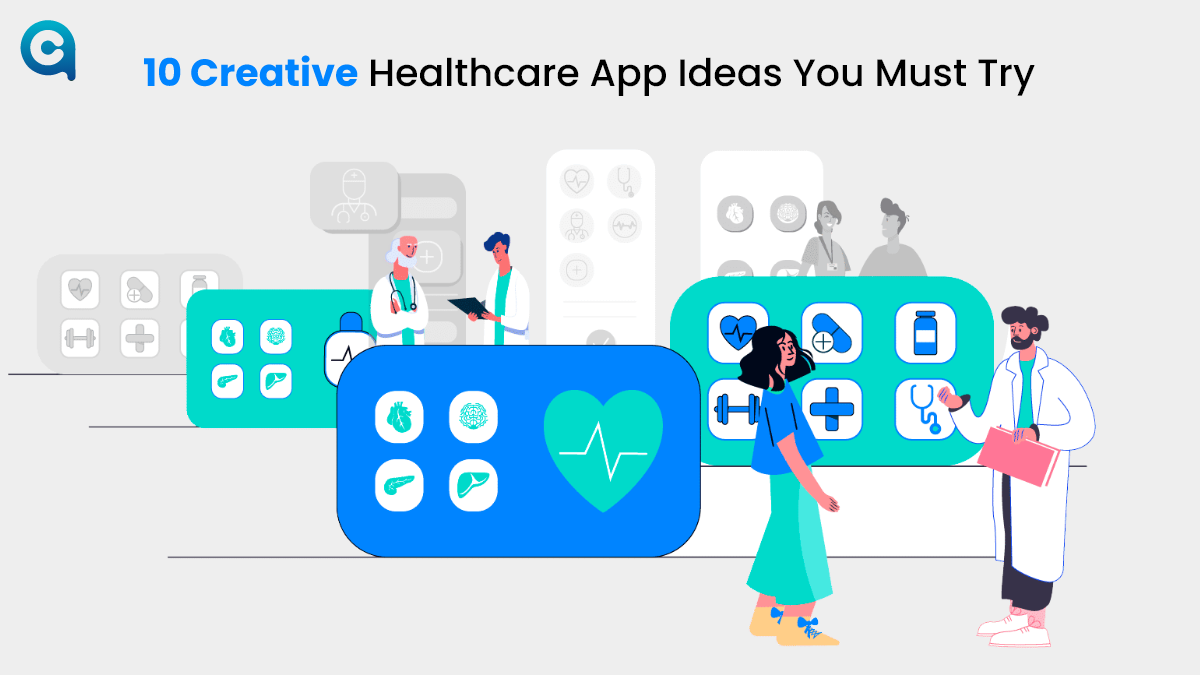
As we head into the future, more and more people are looking to find ways to improve their healthcare. And with good reason - healthcare can be expensive, and it can be difficult to get the right care

It's no secret that the digital world has transformed many aspects of our lives, and it is only going to continue changing in ways we can't even imagine yet. To help businesses keep up with this rapid
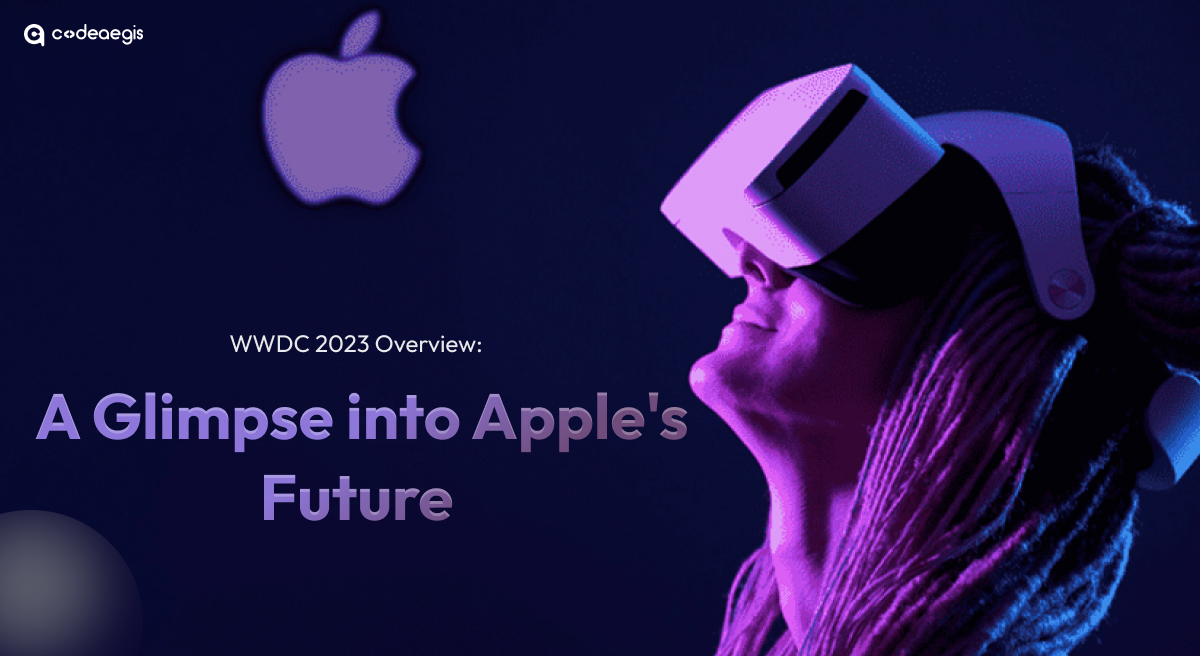
An extensive background working in Tech, Travel, and Education Industries. Currently involved in entire business operations process: Benefits strategy and implementation, systems integration, Human Re

The launch of Node.js 19 is now available! It substitutes Node.js 18 as the current launch line, with Node.js 18 being encouraged to long-term support (LTS) next week. What do these two launches mean
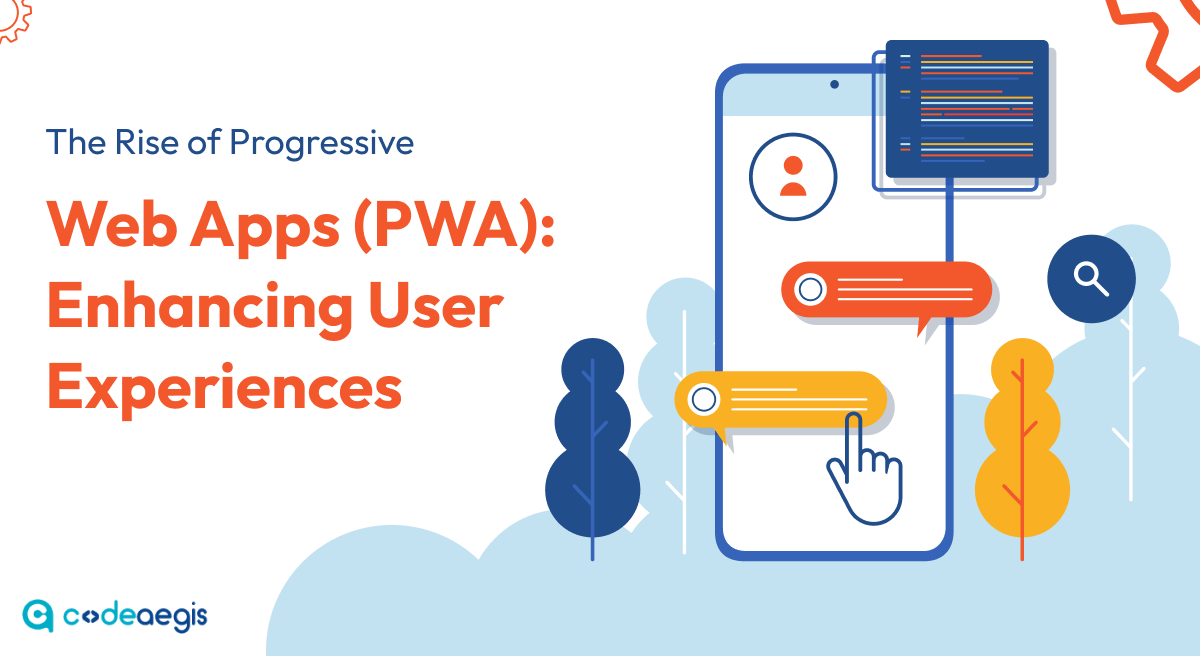
In today's digital world, businesses must keep up with ever-increasing consumer expectations and find new ways to engage their audience. That's where Progressive Web Apps (PWAs) come in. PWAs are a r

In the last few years, wearables have become increasingly popular. Fitness trackers, smartwatches, and even smart glasses are becoming more and more commonplace. And as the technology improves and bec
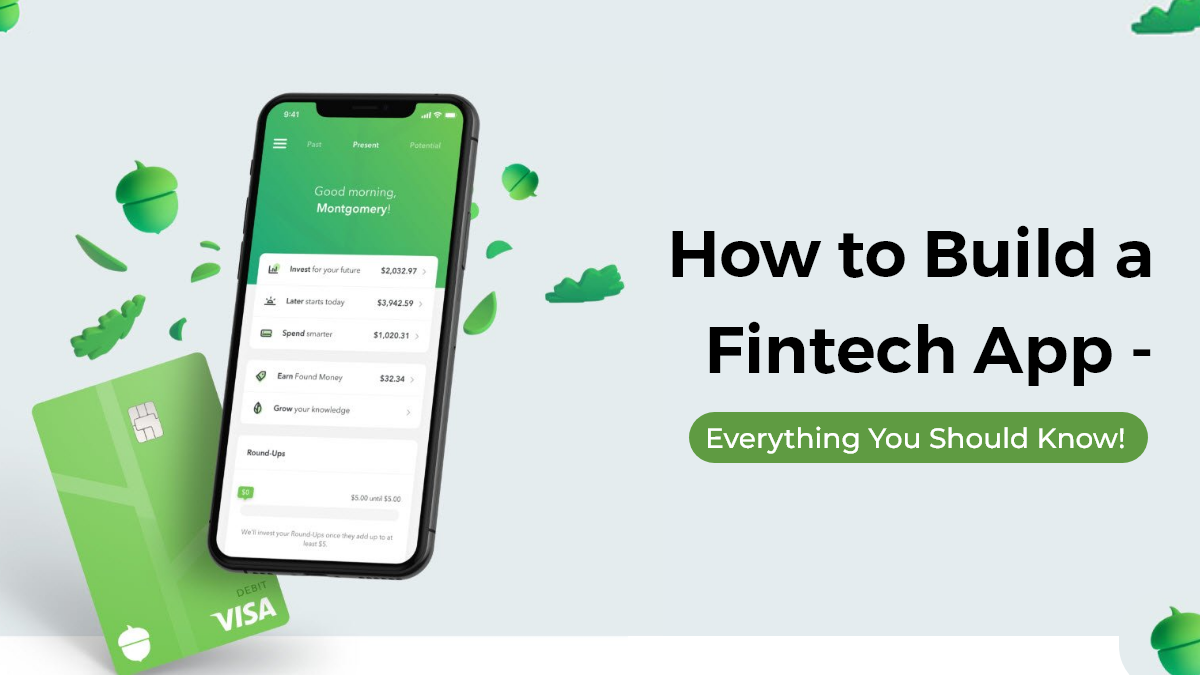
With the advent of technology, the financial industry has experienced a massive transformation in the past few years. Fintech applications have revolutionized the way we manage and invest our money.
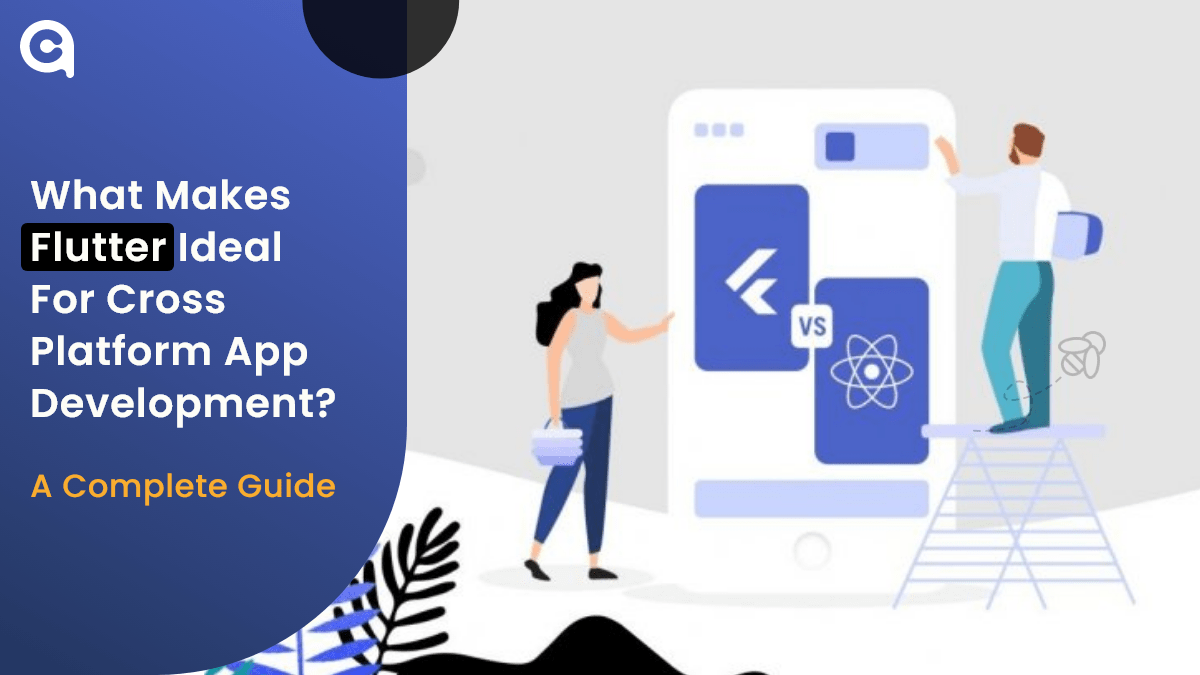
Table of Contents 1. What is Flutter? 2. Why Choose Cross-Platform Development? 3. Why is Flutter the Best Platform to Make Cross-platform Applications? 4. How Much Does it Cost to
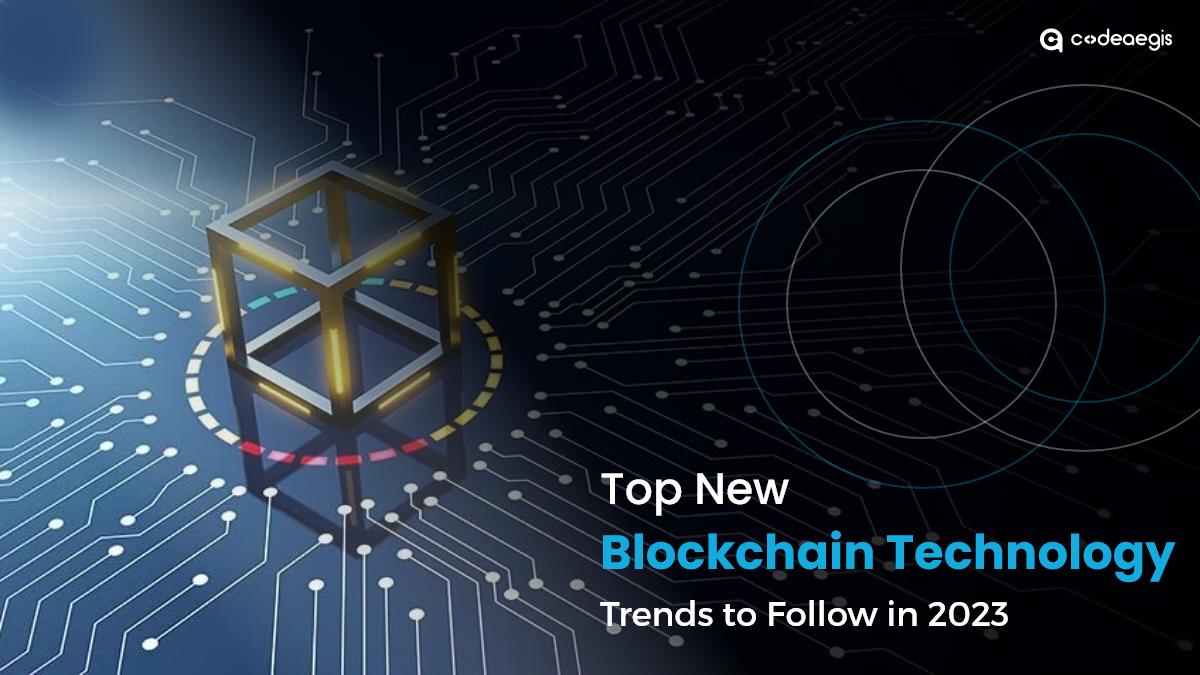
Picture this - a world where business transactions are seamless, secure, and transparent. This might have seemed like a distant dream before the advent of cryptocurrencies and blockchain technology, b

Necessity is the mother of invention origin! Have you ever wondered when an entrepreneur decides to start a business? When demand is high and supply is low, opportunities arise. But there’s mor
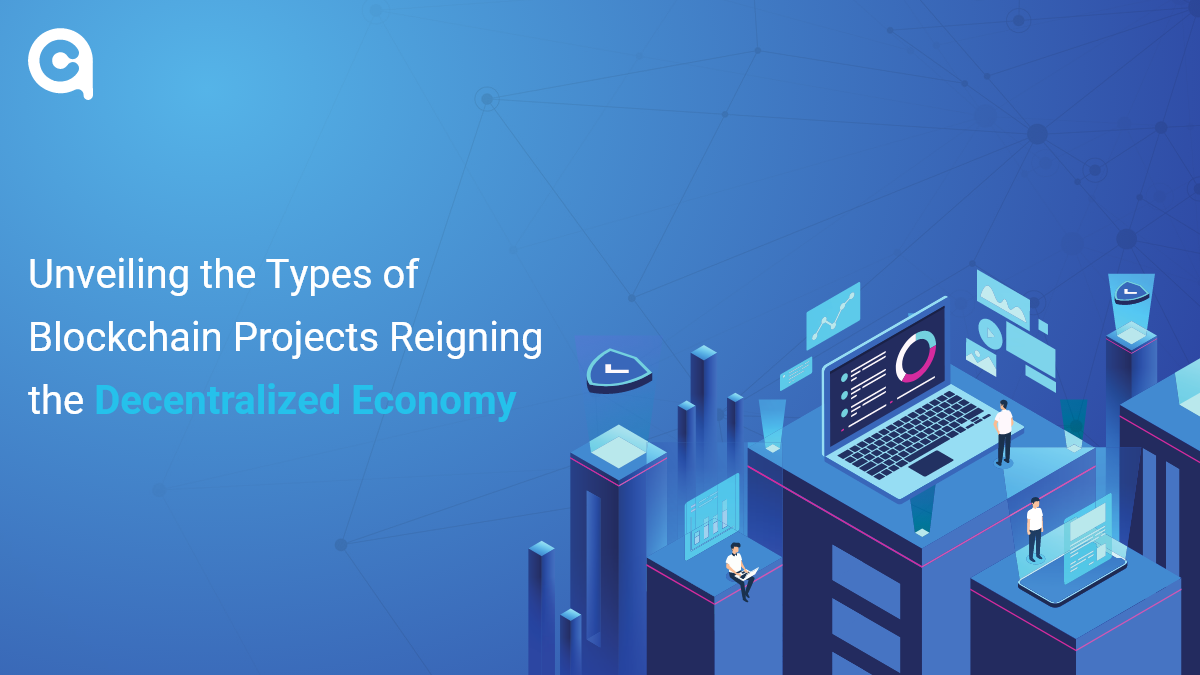
As blockchain technology continues to evolve, so too does the landscape of projects built on its foundation. The worldwide Blockchain market is predicted to expand at a CAGR of 42.8% (2018-2023), dire

Imagine a classroom where history comes alive in the 3D model of historical events. Biology students can explore the unique complexities of a cell as they have practiced it with real-world examples, a

Want to establish a new business or improve an existing one? You should consider using blockchain technology Being a distributed database, Blockchain allows for secure online transactions. This techn

Can you give thought to a week without coffee breaks at cafes? It might not be possible, but earlier, having coffee outside the house was never a thing. So how the tables have changed the corners?

When it comes to developing an app, there's a lot to consider. Not only do you need to create a user-friendly interface and design, but you also need to make sure your app is able to meet the demands
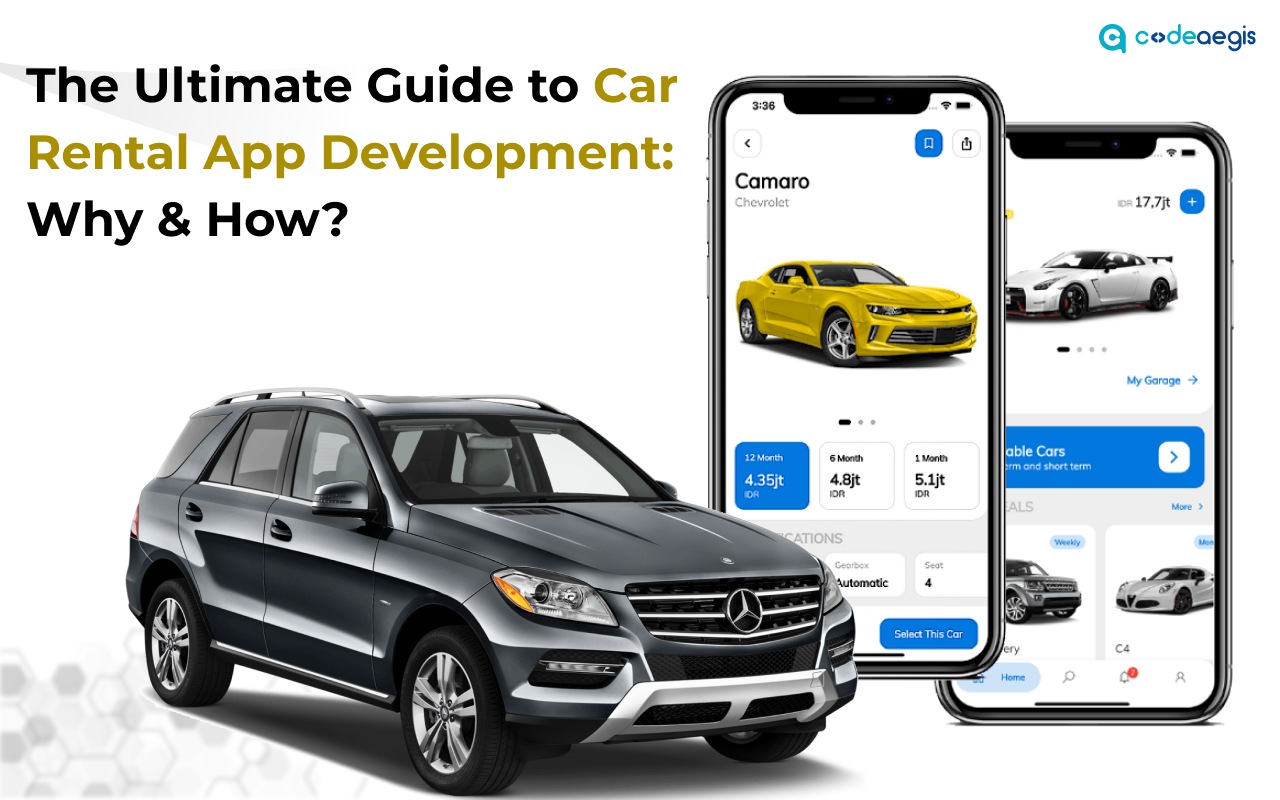
Summary: Car rental apps have become the heart of the business, stimulating growth, efficiency, and customization. They offer updated rental methods to stay relevant with Gen Z and Millennials, who ar
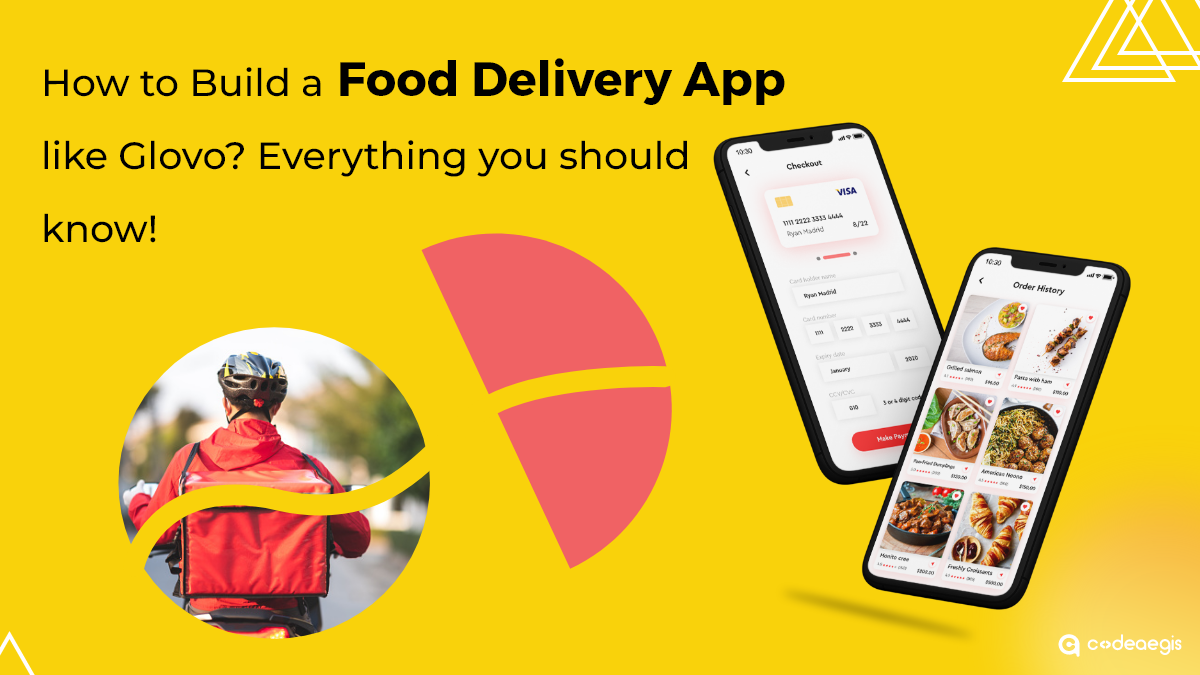
Have you ever found yourself in a situation where you desperately needed a product or service but didn't have the time or energy to go out and get it? Well, fear no more because on-demand delivery app
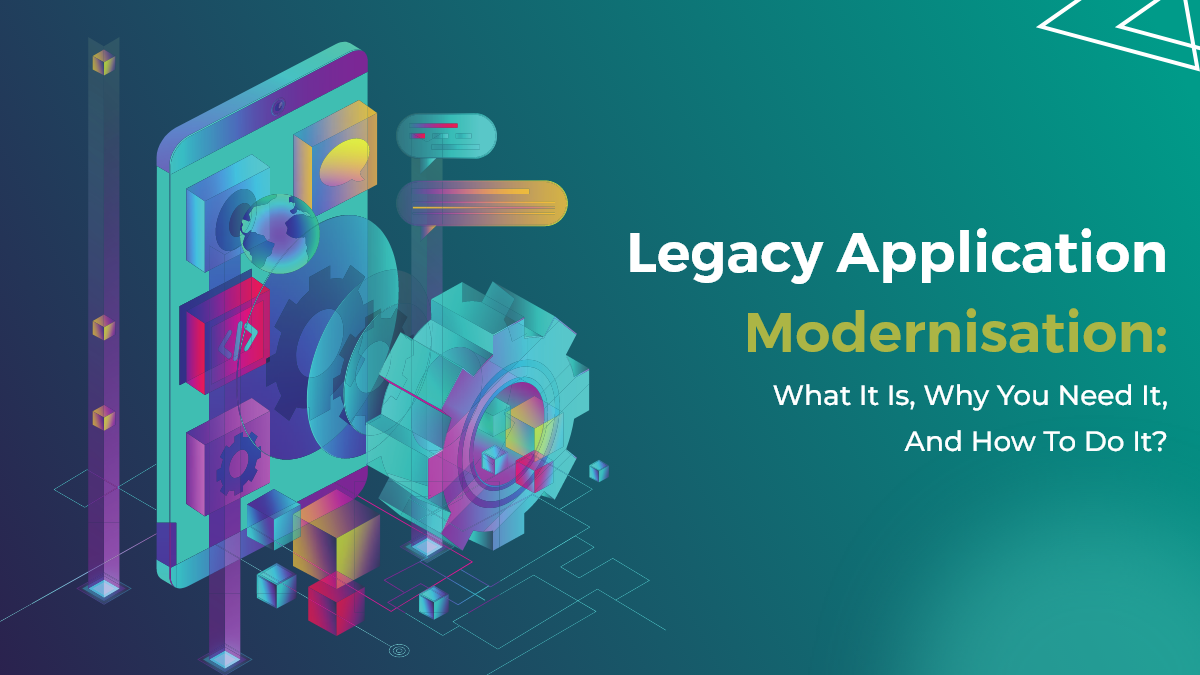
Mobile app development is quickly becoming a necessity for businesses. As the world becomes increasingly digital, companies of all sizes rely on mobile apps to reach customers and increase customer en

Is your business still relying on off-the-shelf software solutions that don’t efficiently meet your unique business requirements? If your mind instantly says yes, then let’s explore why in

Things have changed dramatically over the years with new opportunities, techniques, and future advancements. Real estate is the best industry to invest in, though the procedure sometimes irritates. Me

Are you aware that the world is going through a significant shift in the way we make payments? According to a recent report by Deloitte, the total value of digital payments worldwide is estimated to r
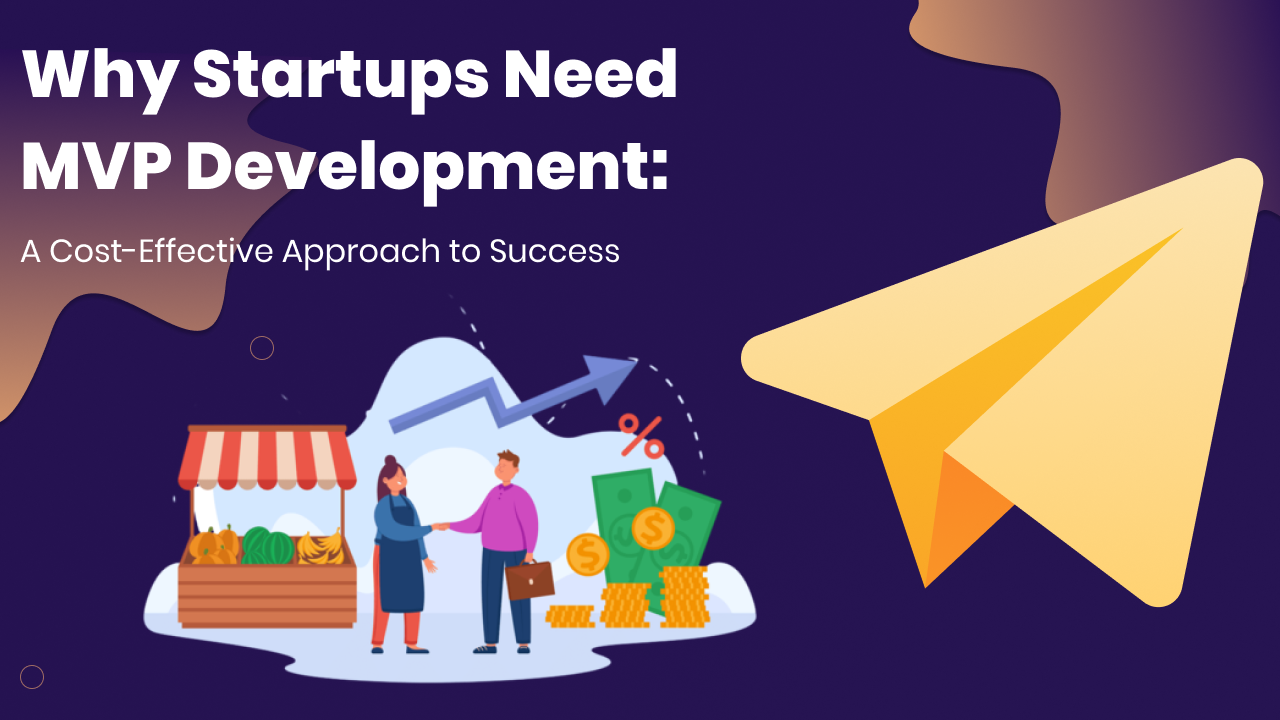
The startup space is fast, competitive, and harsh. According to Exploding Topics, about 90% of startups fail. What would be the reason for that? There would be multiple reasons for startup failure, bu

The mobile app market has grown to a staggering size, with over 1.8 million apps available in the Google Play Store and Apple App Store combined. Mobile apps have become a necessity for people worldwi

Prime Minister Narendra Modi eventually launched 5G in India at the 6th edition of the IMC (India Mobile Congress). Reliance Jio and other telecom organizations documented the various use cases of 5G

Will DeepSeek and ChatGPT collide in the race for AI Supremacy? DeepSeek and ChatGPT are at the center of a heated debate that tends to shape the future of AI. The real-world implications and effecti

Over the past decades, the healthcare sector has continuously expanded its wings, moving from traditional to advanced technological processes. This evolution is driven by the sector's unwavering commi

The gaming industry is proliferating with the advent of smartphones and PCs. Every age group, from children to adults, is well-engaged and fond of online gaming. The rapid evolution of mobile gaming a

The food delivery application has innovative, game-changing features that will transform the industry from the bottom to the top. According to Statista, the online food delivery market in the UAE has

Lately, the tech world has been abuzz with talk of the Metaverse, a groundbreaking concept that promises a shared virtual space where people can interact and engage with one another. This futuristic i

Table of Contents 1. What is ChatGPT? 2. What Are the Top Benefits of ChatGPT? 3. How Does ChatGPT Work? 4. Challenges With ChatGPT 5. ChatGPT and the Future of AI 6. Final Thoug
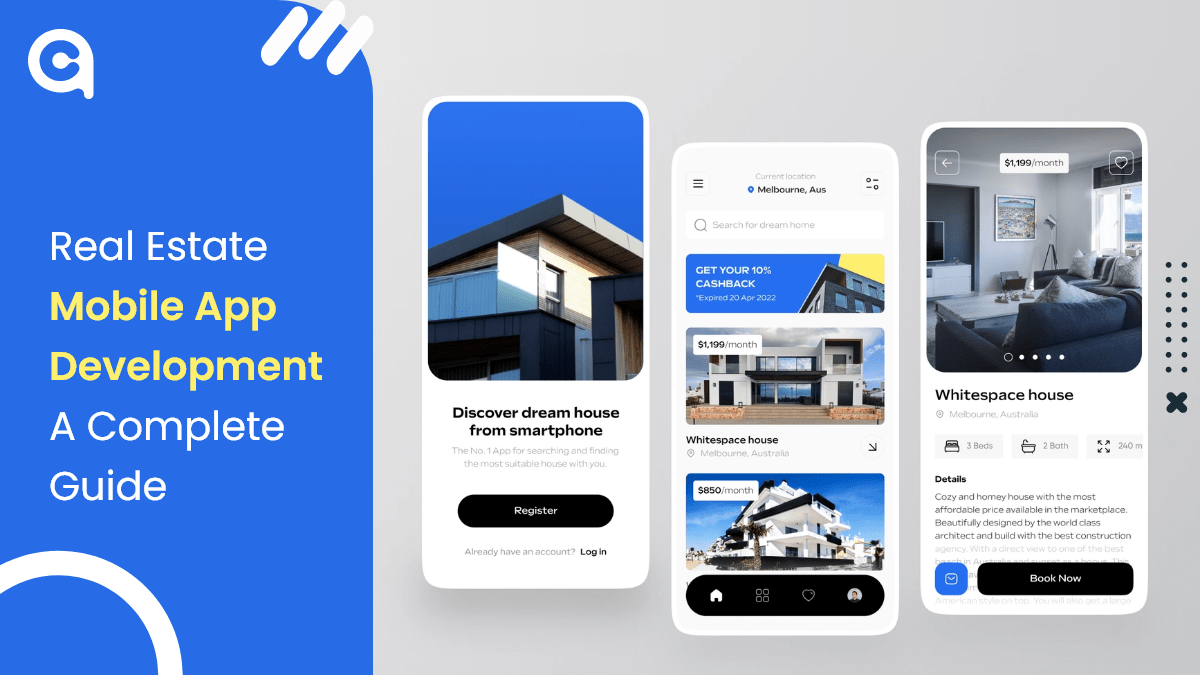
The world is digitizing at a very rapid pace, and in such a scenario, real estate businesses must also go digital to stay ahead of the competition. One of the best ways to digitize your business is de
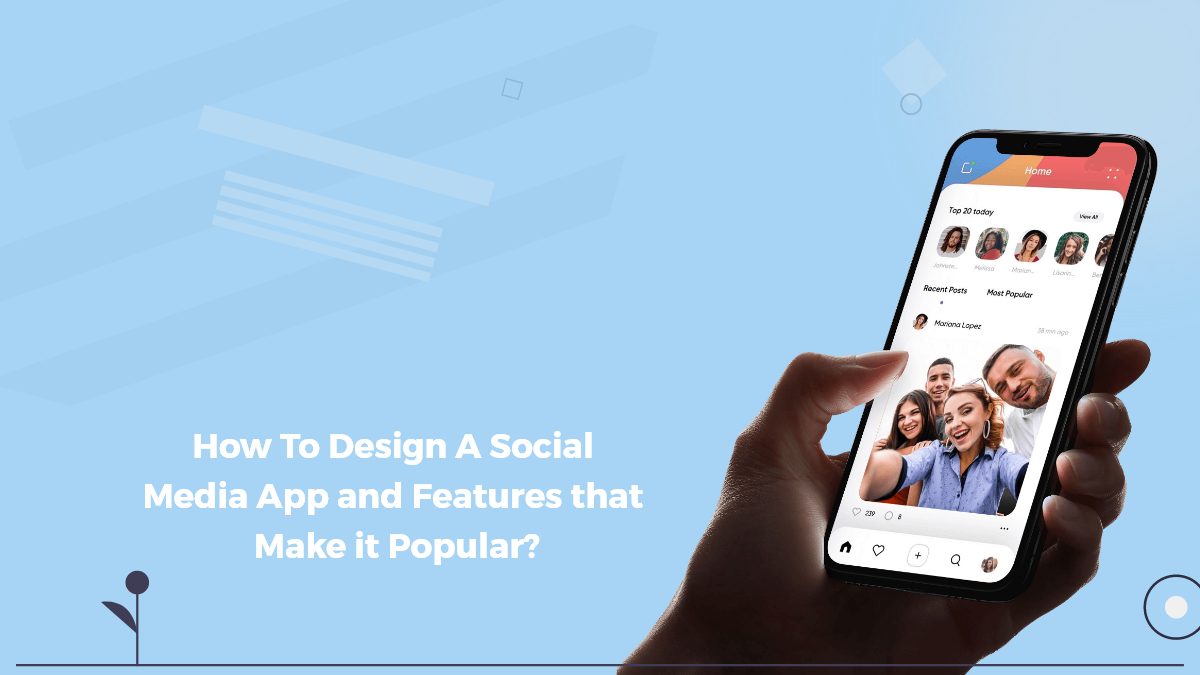
Social media apps are all the rage these days. People use them to connect with friends and family, to learn about new products and services, and to stay up-to-date on the latest news. But as popular a
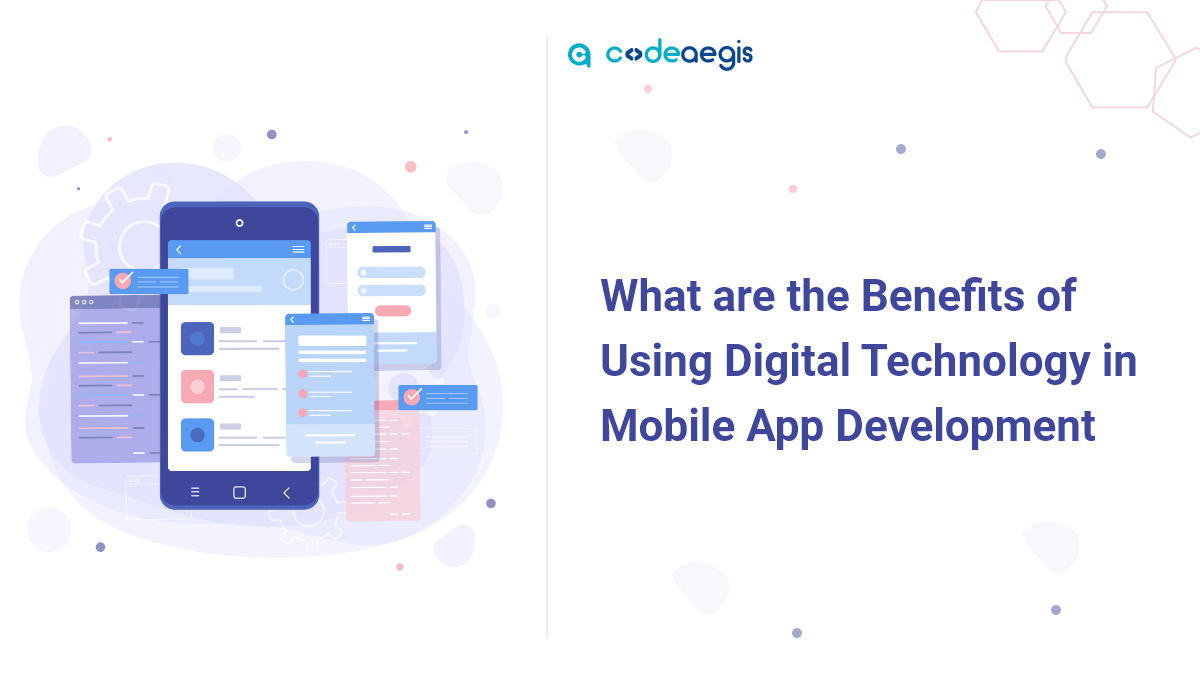
With the ubiquity of smartphones and tablets, it only makes sense that mobile app development - which is the process of creating applications for smartphones and tablet devices - is becoming more popu
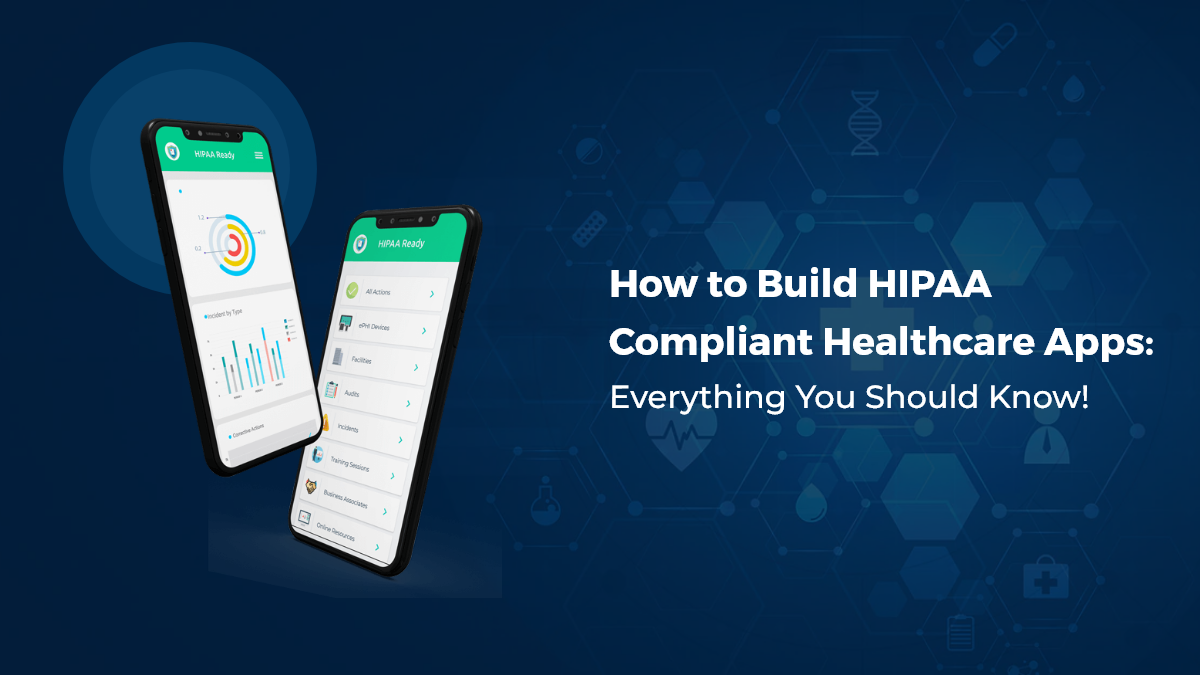
If you’re in the healthcare industry, then you know that data privacy and security are of utmost importance. In order to protect patients’ information, the Health Insurance Portability and

Depending on what niche you’re in, video chat apps are becoming increasingly common in the world of business and technology. Whether it’s a small startup company or a multinational corpora

Blockchain technology and web development are two powerful innovations that have the potential to transform our world. While they may appear distinct, they share similarities and can work together to
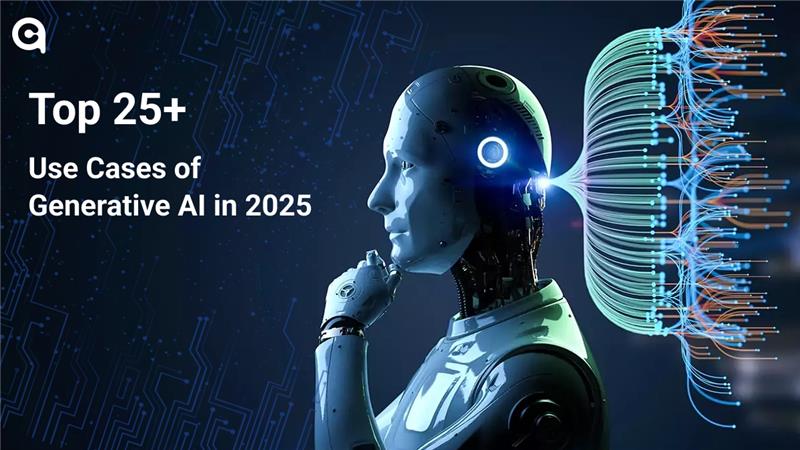
Generative AI? Is this still a question mark to you? If you don’t know what generative AI does, that would be a fair question, but it was not if you said that you haven’t interacted with

Nowadays, the financial industry has encountered massive digitization, and mobile apps play a significant role in it. There are a wide variety of money transfer apps available, catering to the needs a

Rental businesses are gaining market share by offering essential services that help other businesses minimize downtime and maximize profitability. This growth trend is particularly strong in the servi
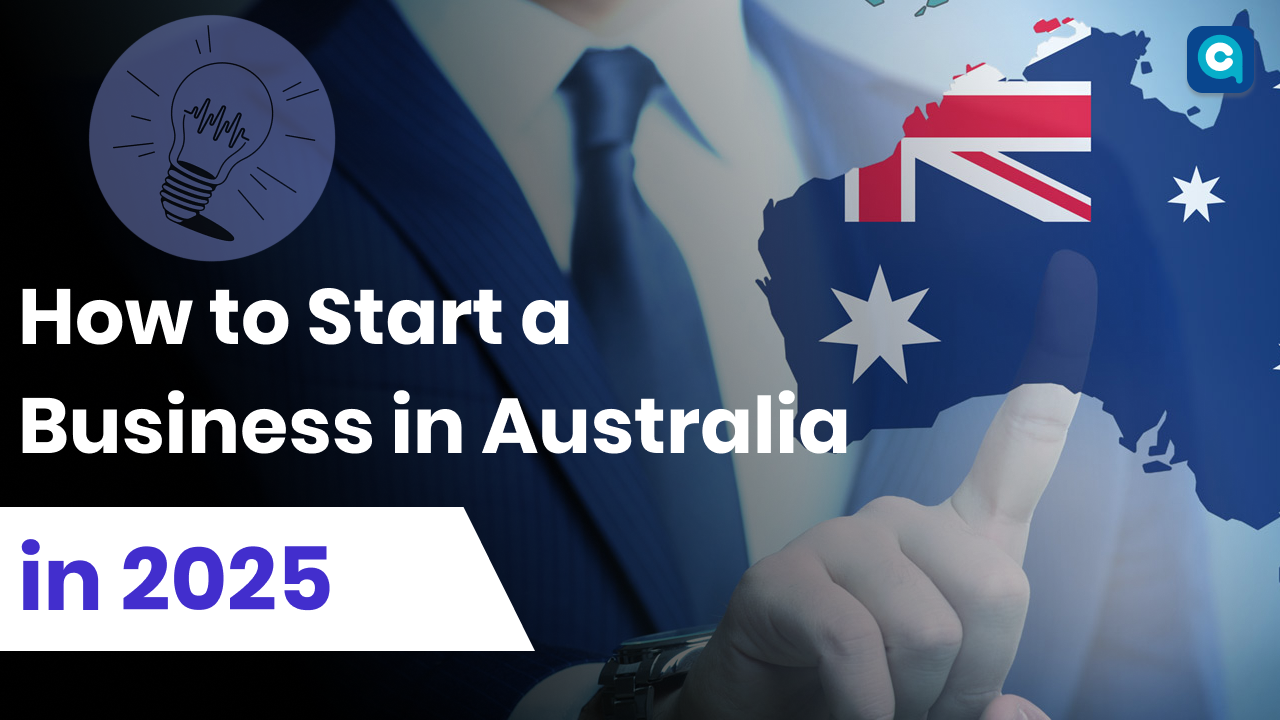
Australia is moving towards a big shift at a global level. It is strengthening the ties at the B2B level and becoming a hub for innovation, sustainability, and digital transformation. Backed with a r

Do you run your own business and want to build an Android app? If yes, you must know about the latest technology trends playing a significant role in the android app development process. Technology i
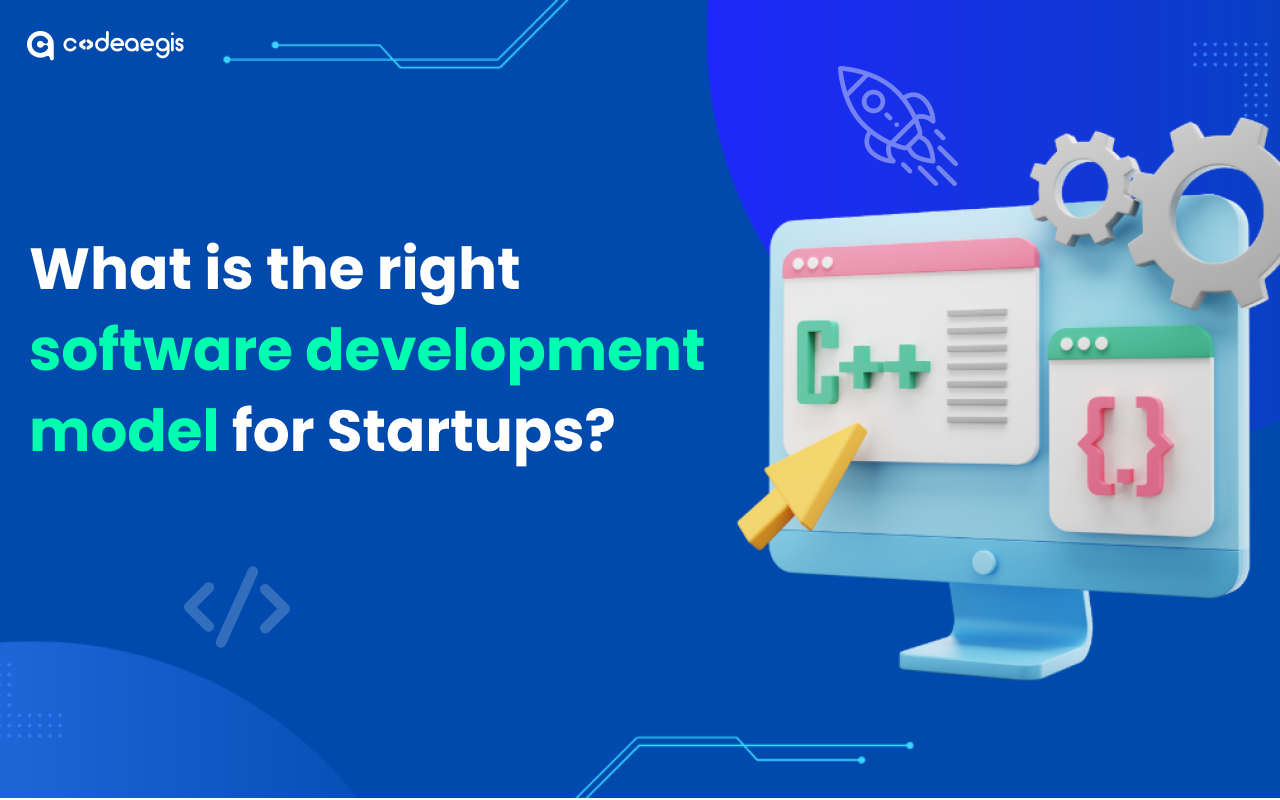
Sipping coffee and thinking of a startup has always been trendy. Similarly, hanging out with friends and promising them to start a business someday feels refreshing. Did you know that several success

Blockchain technology is becoming the heart of multiple industries. It is robustly securing businesses through its core value, making it the first pick-up in the generative AIs. The blockchain is the

The United Arab Emirates (UAE) is flourishing as the hub for blockchain technologies, transforming the digital ecosystem and having a forward-thinking government to maintain its competitive edge. Gove

Do you know what digital transformation with AI is and how it can impact your business? Organizations today are under pressure to digitally transform to stay competitive. This digital transformation

Building an App that promotes businesses and acts as a right hand has a separate fanbase! Creating an app for the business plays a fundamental role in elevating business operations, making seamless c
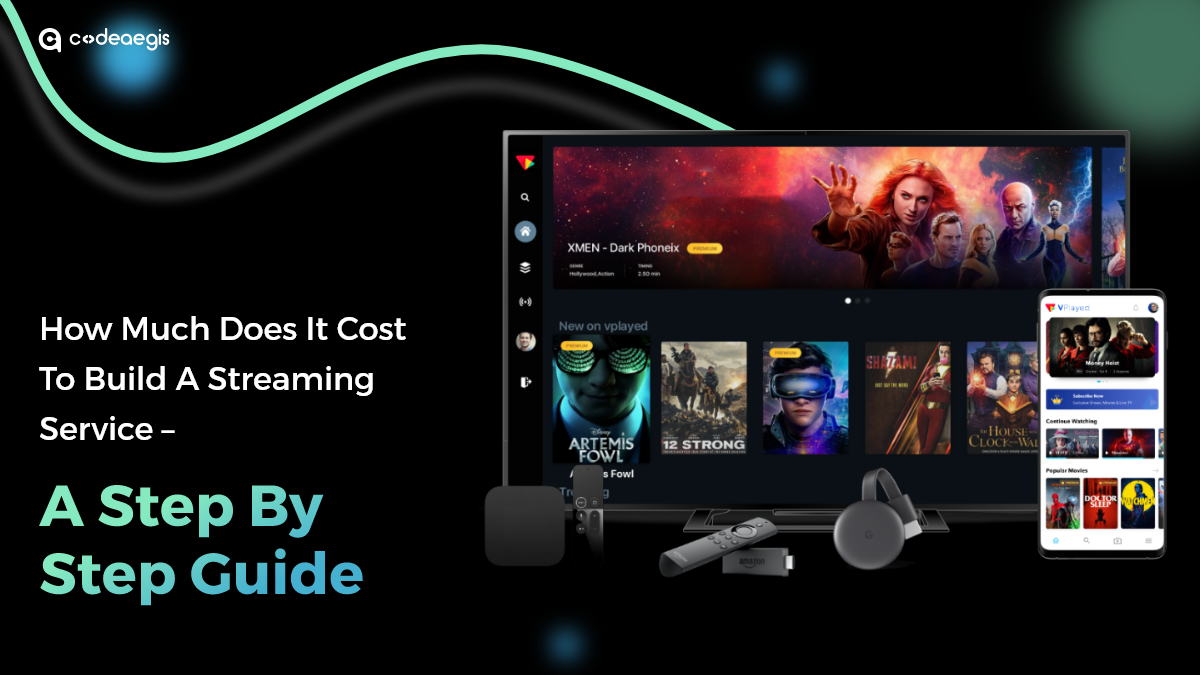
The rise of online video streaming services has revolutionized the entertainment industry, prompting businesses worldwide to explore the possibility of launching their own platforms. With giants like

Mobile applications play a vital role in the development of multiple businesses in this digital world. Most companies are investing in iOS app development to strengthen their market appearance and dra
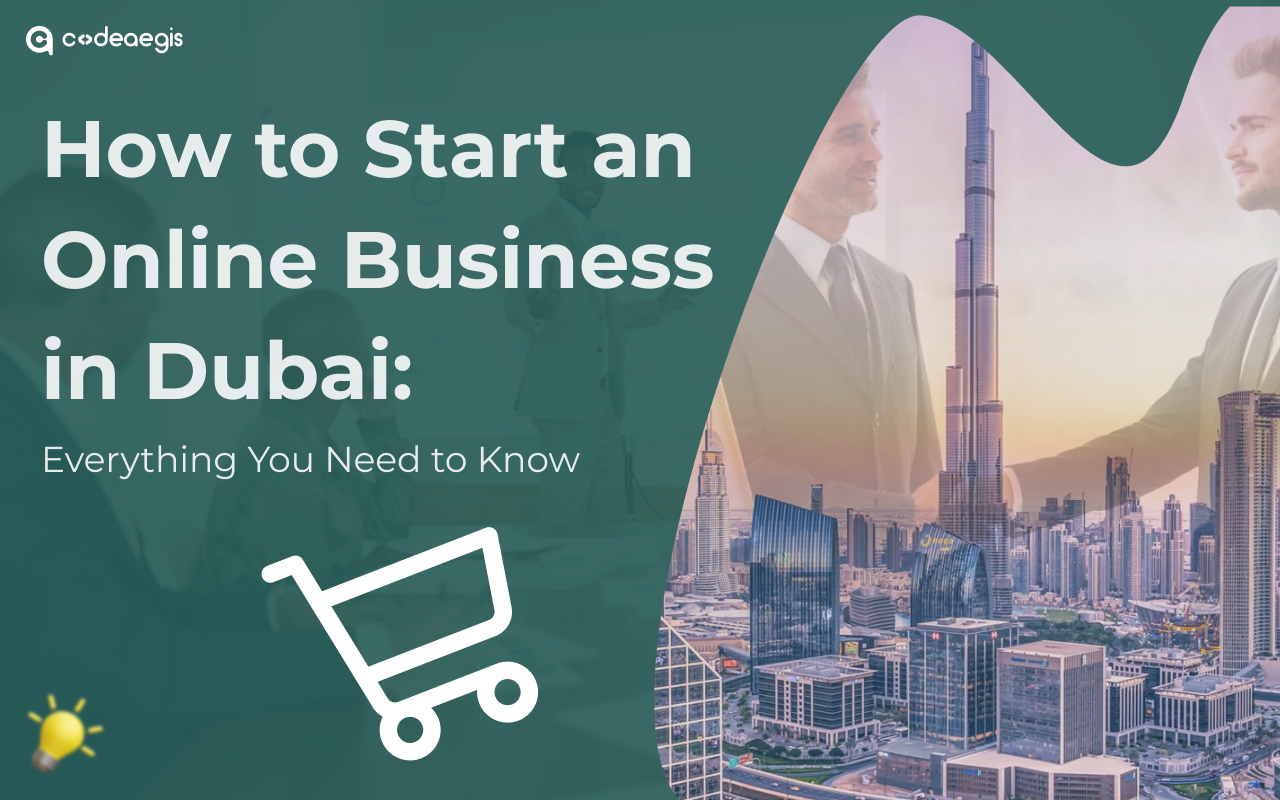
The UAE, and Dubai specifically, has really evolved from just a real estate and tourism market, and is quickly becoming a hub for digital innovation and online commerce. With the continued investment

Businesses after COVID are going through several changes, and the food industry is no different. Restaurants that have been doing dine-in are now struggling to keep up with the demand for delivery and

Picture this: a world where traditional banking transforms into a cutting-edge, efficient, and transparent system that leaves everyone in awe. Blockchain, often met with skepticism and uncertainty, is
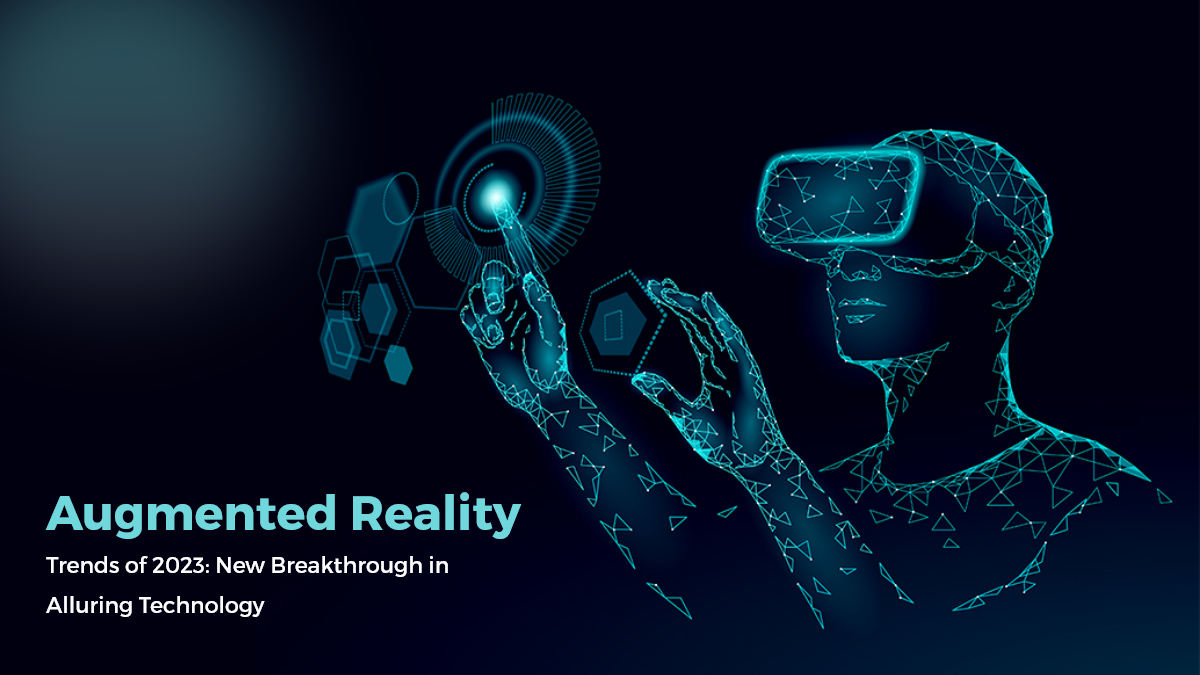
Technology has come a long way in the past decade, and augmented reality (AR) is one of the most exciting development fields. AR technology superimposes digital content into the real world, creating a
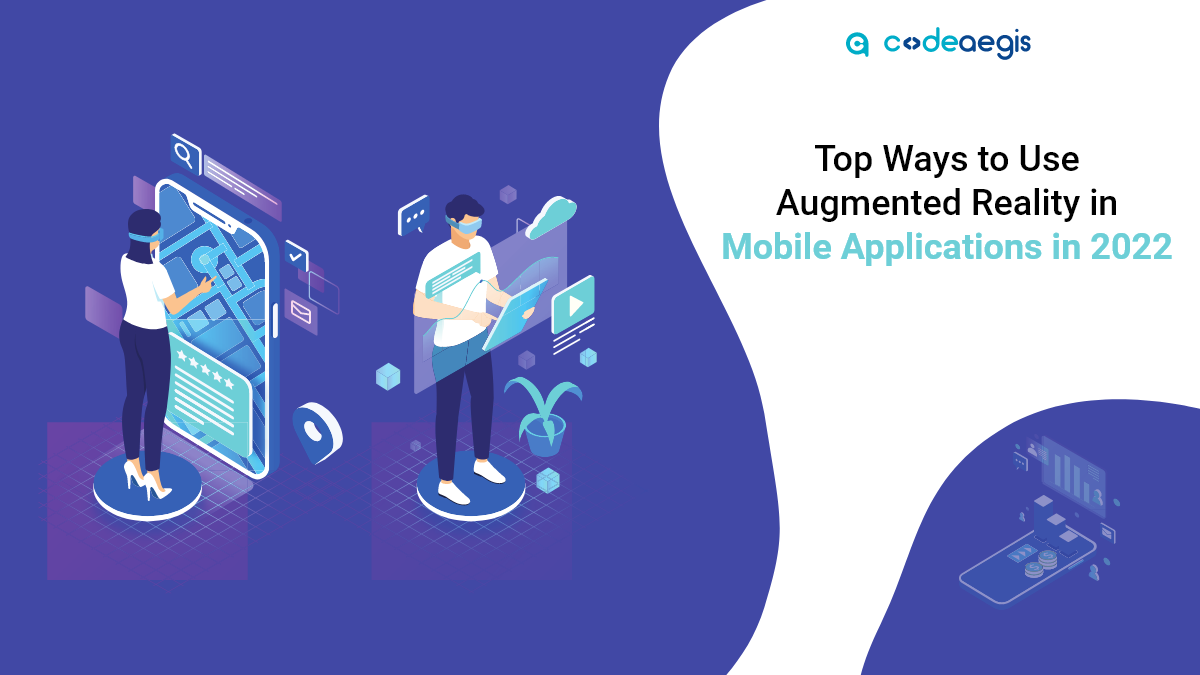
Augmented Reality and Virtual Reality are the two leading buzzwords in the technology era. What began as a completely new, significantly different technology has rapidly revolutionized into something

Over-the-top (OTT) platforms like Disney Plus, Netflix, and Prime Video have gradually captured attention as traditional TV-watching methods have faded. Throughout the year, OTT platforms have created

DeFi is a new kind of investment that’s taking the world by storm. So what is it? Essentially, DeFi is a digital asset class that allows you to invest in cryptocurrencies and other digital asset
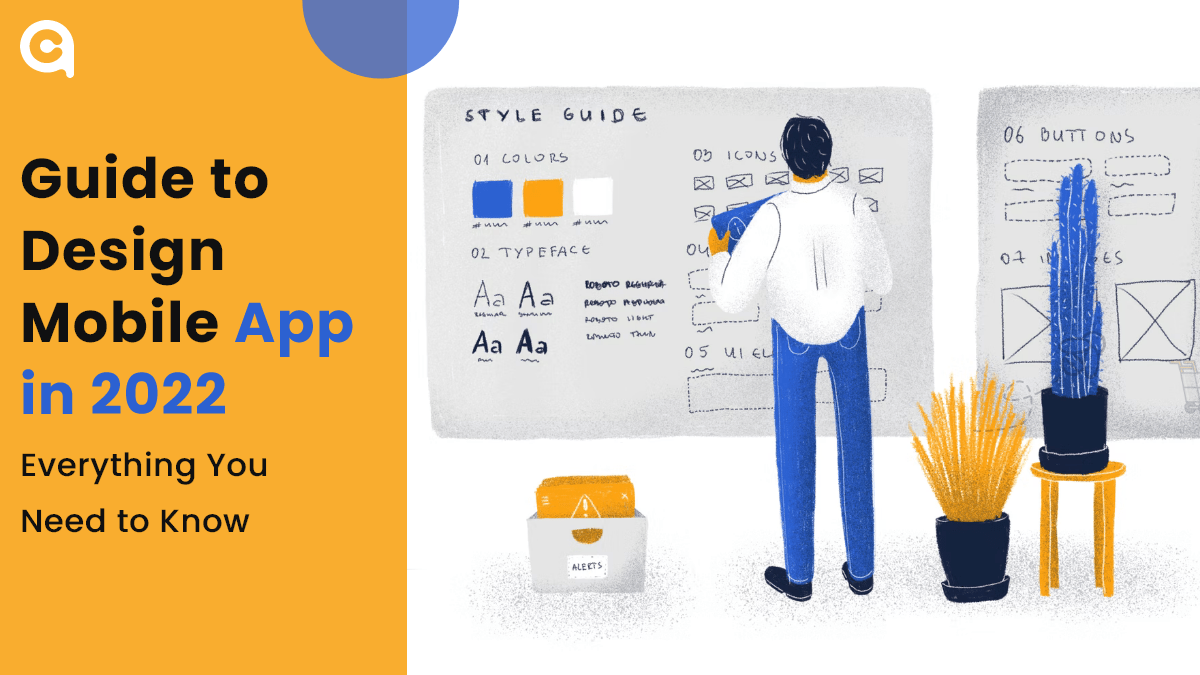
Are you looking to design a mobile app in 2025? Mobile application development is an ever-changing field, and it can be hard to keep up with the latest trends and best practices. But with this guide,
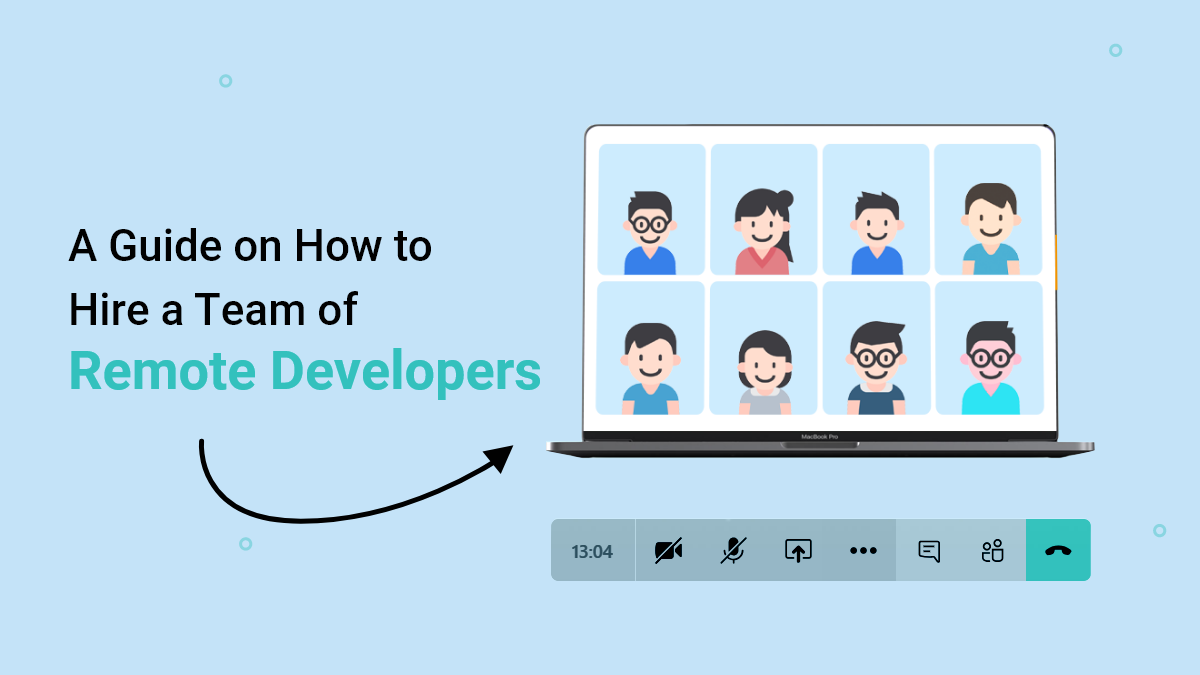
Hiring a team of remote developers can be a daunting task, but it doesn't have to be. With a little bit of planning and the right approach, you can find the perfect candidates to build your dream prod

Mobile applications have dominated the market, helping businesses to reinforce their full potential. Not only for the rental business, but mobile apps play a critical role in establishing a solid foun
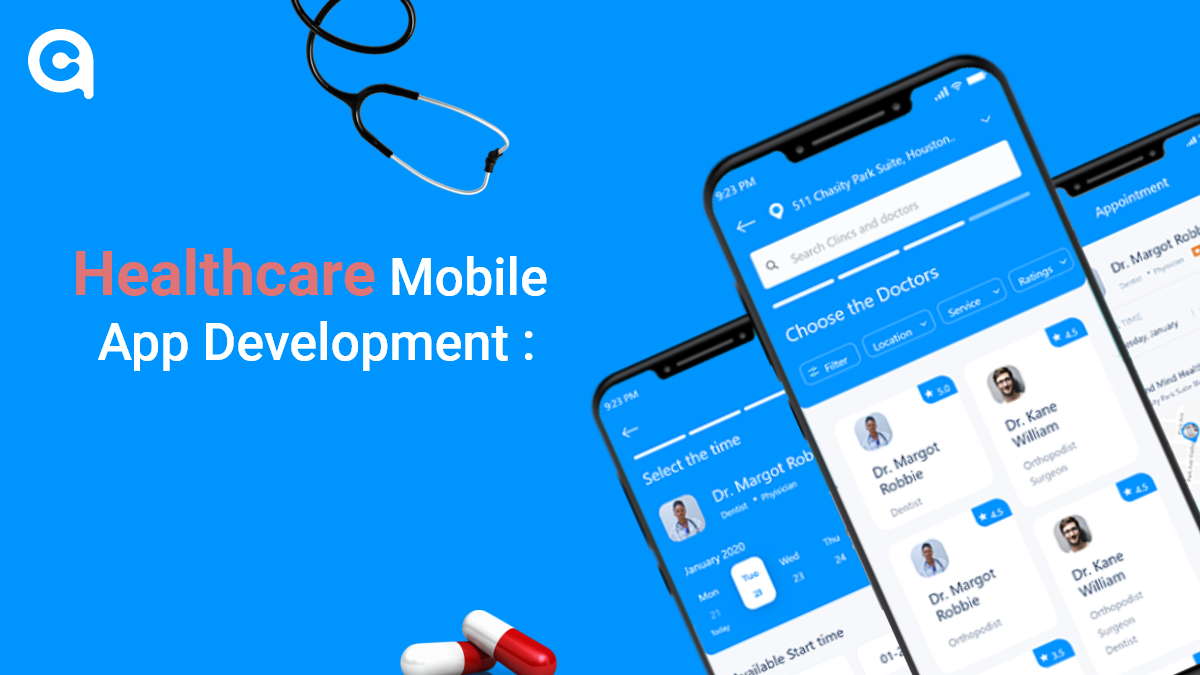
The healthcare industry is one of the most rapidly changing and growing industries worldwide. Mobile devices and apps have drastically changed how providers and patients interact and communicate.So, i

Having a mobile application is no longer a luxury—it's an essential tool for instantly capturing the market! To stand out in the rental businesses, a company must adopt tech-driven preferences

When it comes to mobile app development, one of the most important things you need to consider is the prototyping process. This will allow you to create a working model of your app so that you can tes
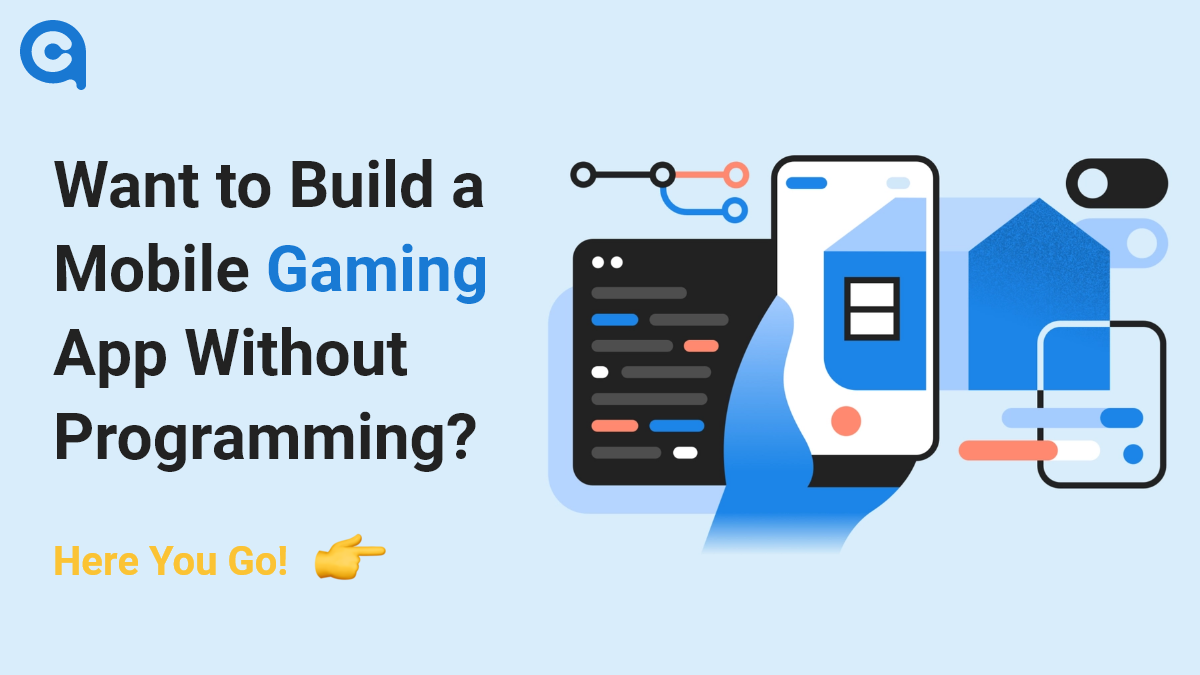
Do you want to build a simple app for your business? Do you want to create an app that enhances the experience of users who play games on their smartphones? Whatever your reason, I have created this g

You’ve likely heard the term “Artificial Intelligence” or AI until now—It’s 2025. But have you ever paused to consider how deeply AI has woven itself into the web of our
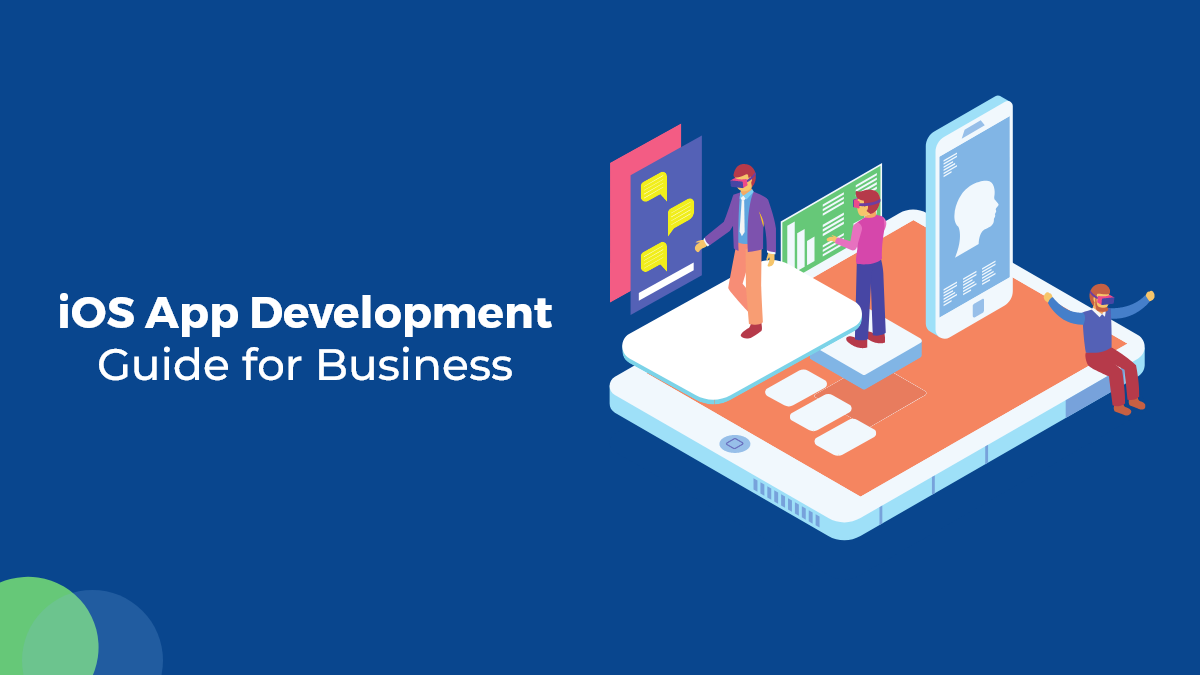
Businesses these days are looking to have an edge over their competition by having a strong online presence. A website is not enough anymore, and many companies are turning to mobile apps as a way to
The beacon technology market was valued at 519.6 million U.S. dollars in 2016, and it was estimated to increase at a CAGR of 59.8% to reach about 56.6 billion U.S. dollars in size in 2026. Throughout

Decentralized Finance (DeFi) is a modern and evolving region of finance that is less centralized and more open to innovation and collaboration. DeFi enthusiasts laud its prospect of disrupting convent

The mobile app market has grown to a staggering size, with over 1.8 million apps available in the Google Play Store and Apple App Store combined. Mobile apps have become a necessity for people worldwi

Imagine a world where you can speak your thoughts and desires, and the digital realm responds promptly, seamlessly integrating into your daily life. Whether you want to search for information, contro
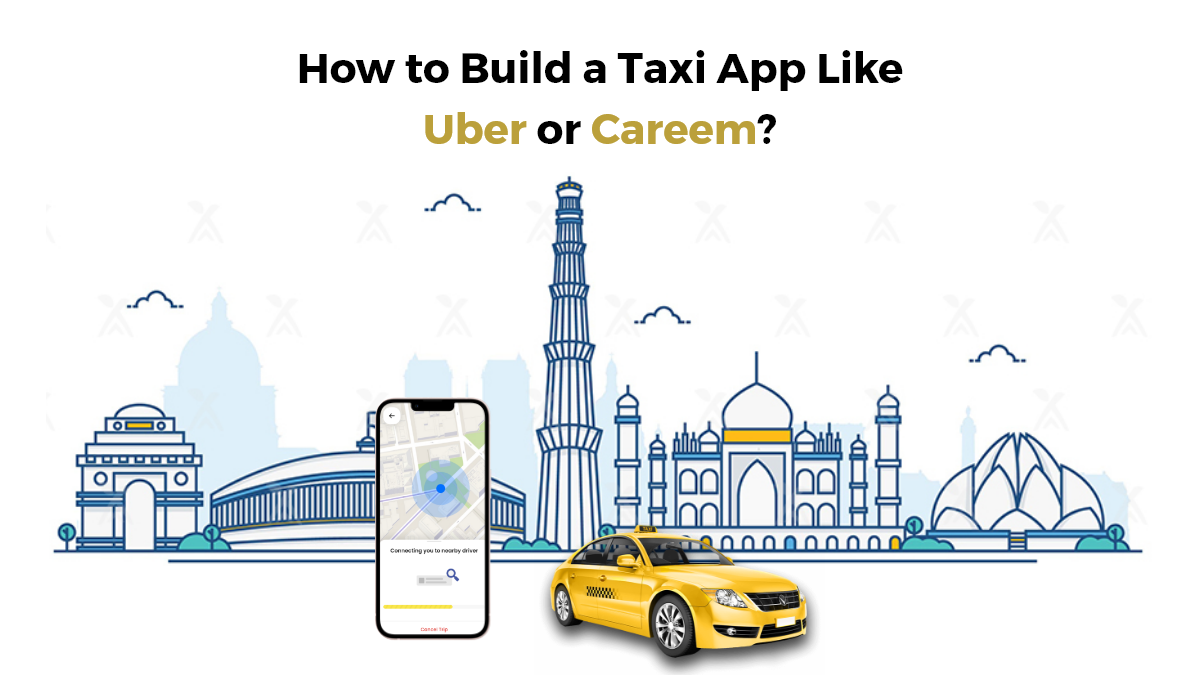
Gone are the days when people used to wave down a taxi on the street or wait for one at the airport. With the advent of technology, people can now book a taxi with just a few taps on their smartphones

By 2024, we all know that technology will be the future. What excites me the most is that technology has covered all the dimensions of businesses, enabling them to attain their potential and efficienc
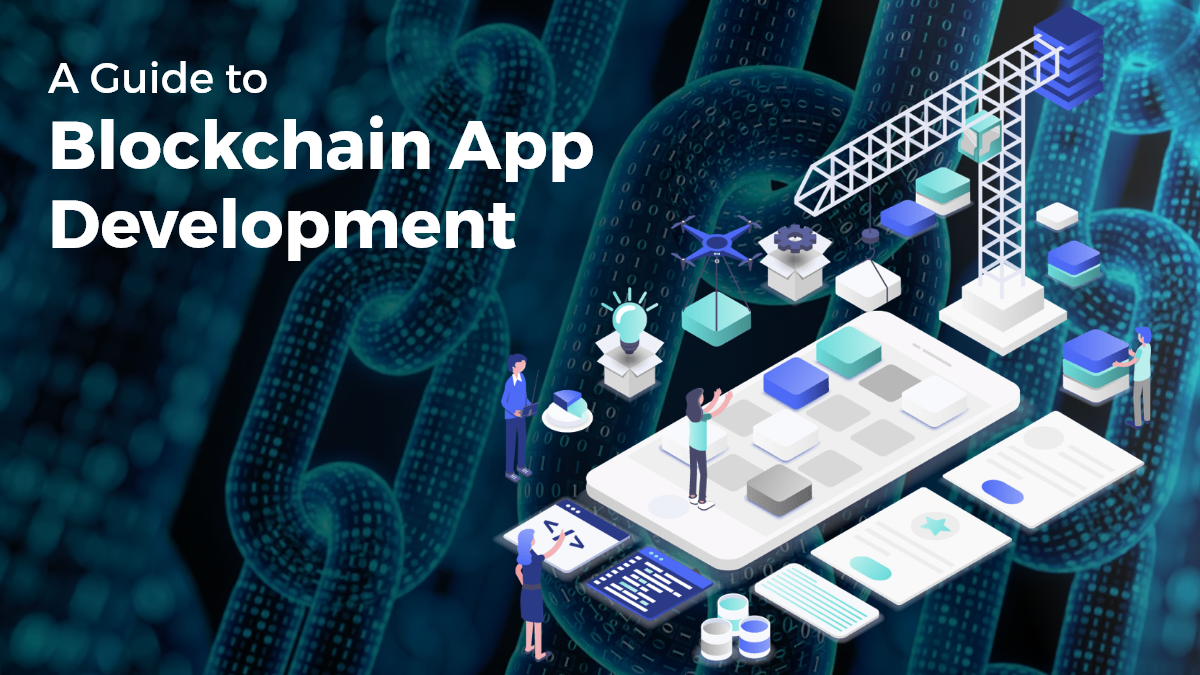
Blockchain technology has been a hot topic recently due to its potential to revolutionize various industries. Blockchain is a distributed ledger technology that ensures transparency, security, and dec

If you’re planning to enter the fast-growing fantasy sports market, one of the most critical aspects considered is “What will it cost to build a fantasy sport that stands out and drives t
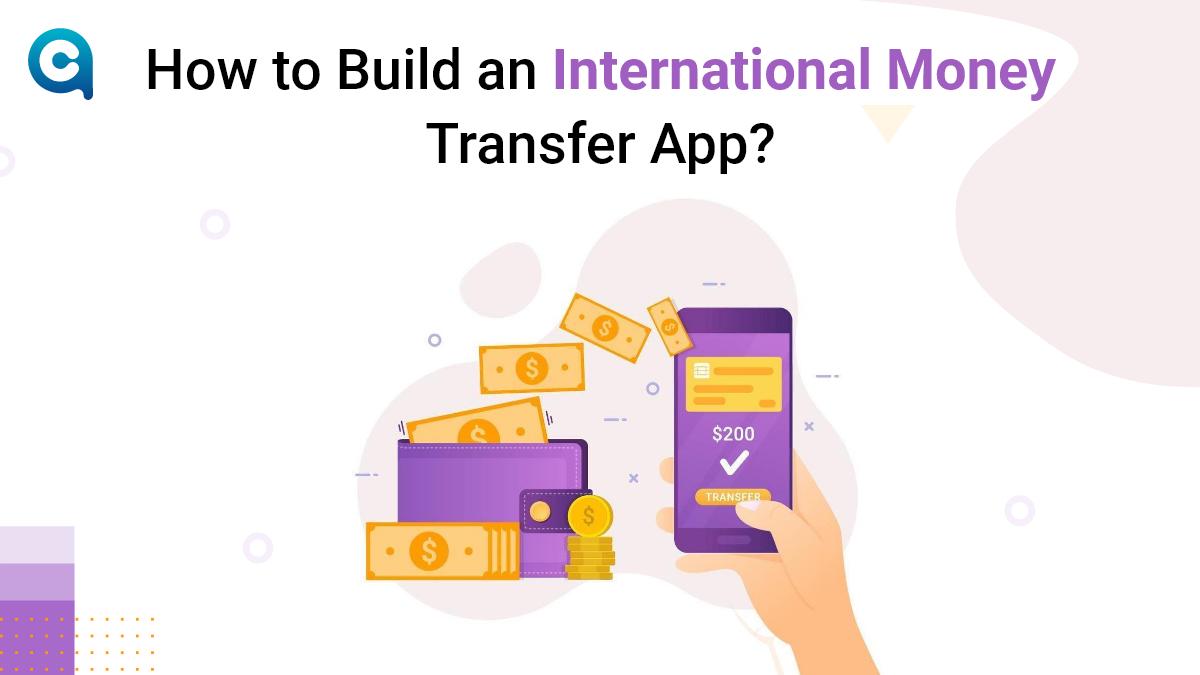
The introduction of online payment applications has changed how people perform financial transactions. A mobile phone with a banking app lets you quickly resolve various financial matters. Ta

The two hottest frameworks in the mobile app development world are Flutter and React Native. They’re both cross-platform solutions that allow you to write code once and deploy it to Android and
Have you ever felt like you’ve attracted 30% more consumers to your shopping sales by using a technical hack to revive your shops? It would work like a person was crossing through next to your

Nowadays, the digital presence has revolutionized business dynamics. App development is not just evolving but breaking traditional barriers and emerging as strong and progressive solutions. With robus
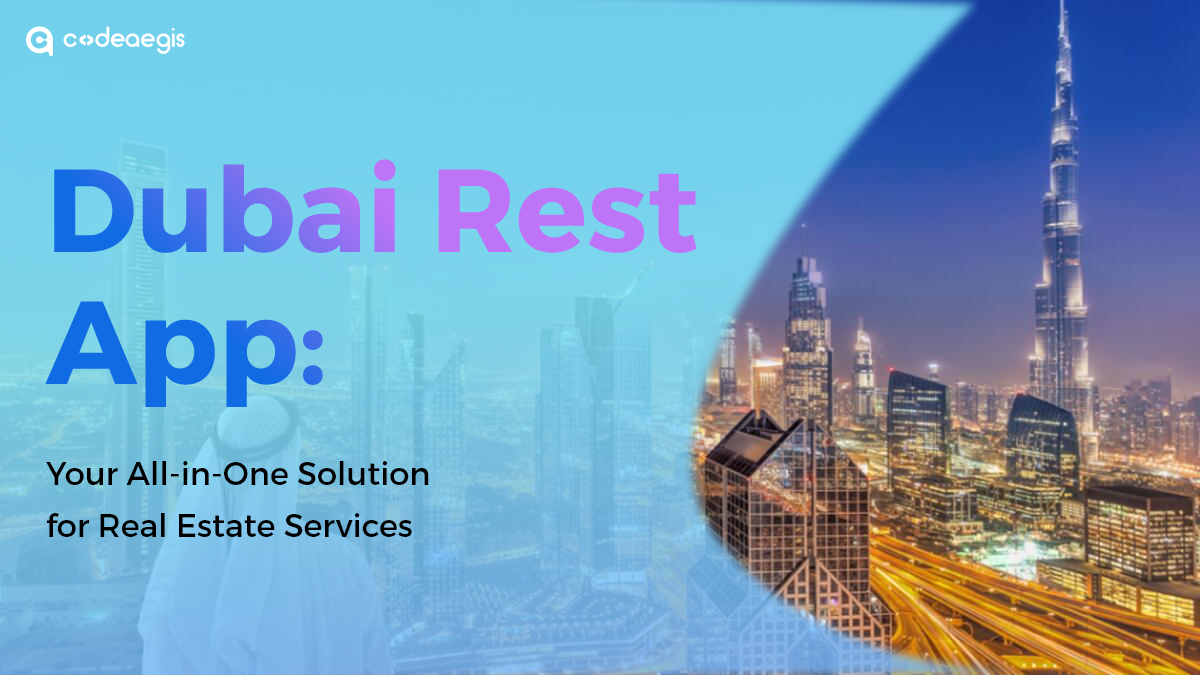
Did you know that Dubai's prime residential market is projected to experience the world's strongest growth in 2025? The Middle East is buzzing with opportunities, especially in the realm of mobile app

IPTV has established itself as a prominent technology that is gaining traction with its comprehensive platform applications. Unlike traditional methods like satellite, cable, or TV, IPTV has accelera

Application development is essential to fostering business efficiency while accepting new changes. Depending on the specific requirements, 85% of businesses rely on software development solutions to s
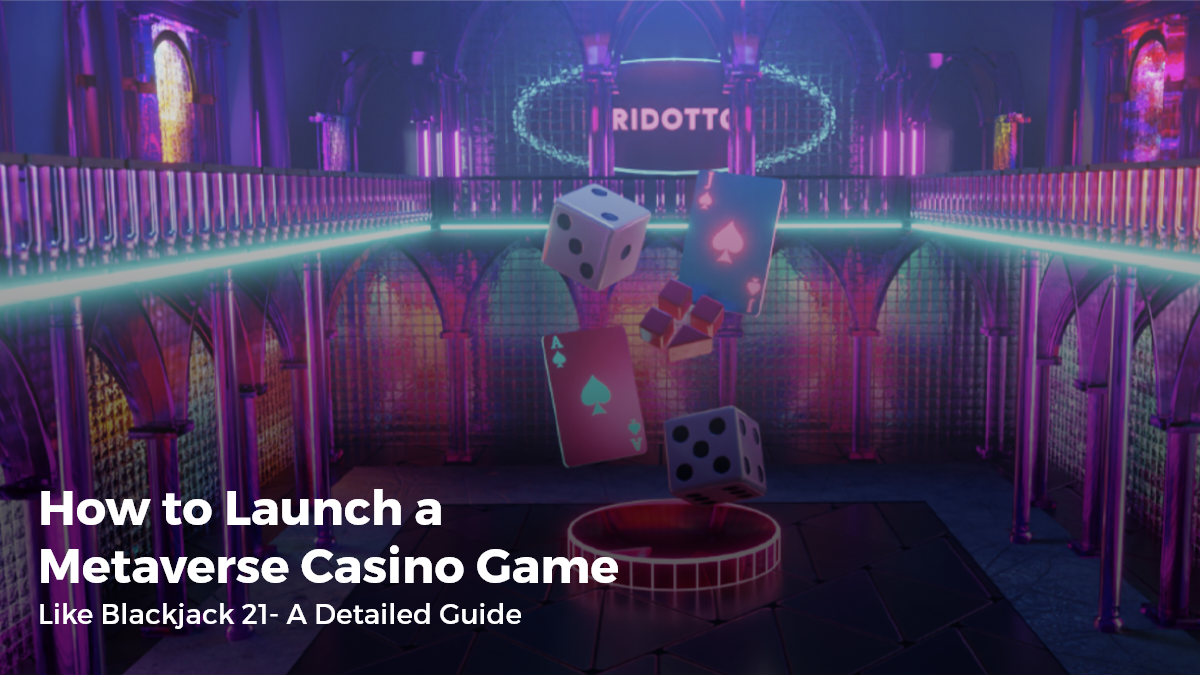
The world of gaming is rapidly evolving, and the latest buzzword is "metaverse." The term refers to a virtual world where users can interact with each other and digital objects in real time, using imm

As the world of startups becomes increasingly competitive, building an MVP is crucial for entrepreneurs looking to test their ideas and launch successful businesses. By creating a minimum viable produ

In recent years, the gaming industry has seen a surge in popularity, with many gamers turning to online gaming platforms and console games in order to escape reality. With so many people playing video
Leave a Reply
Your email address will not be publishedDO YOU HAVE ANY PROJECT
Let's Talk About Business Solutions With Us
India Address
57A, 4th Floor, E Block, Sector 63, Noida, Uttar Pradesh 201301
Call Us
+91 853 500 8008
Email ID
[email protected]





.jpg)





